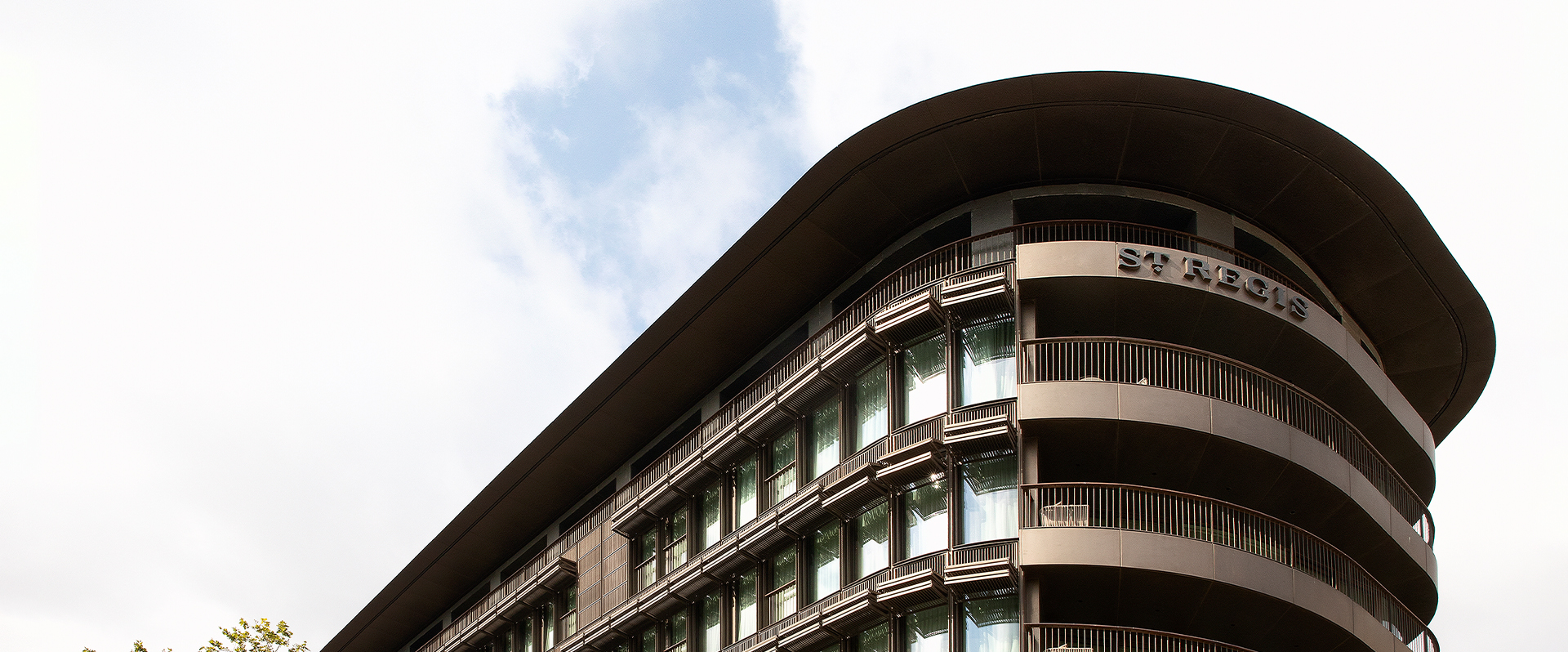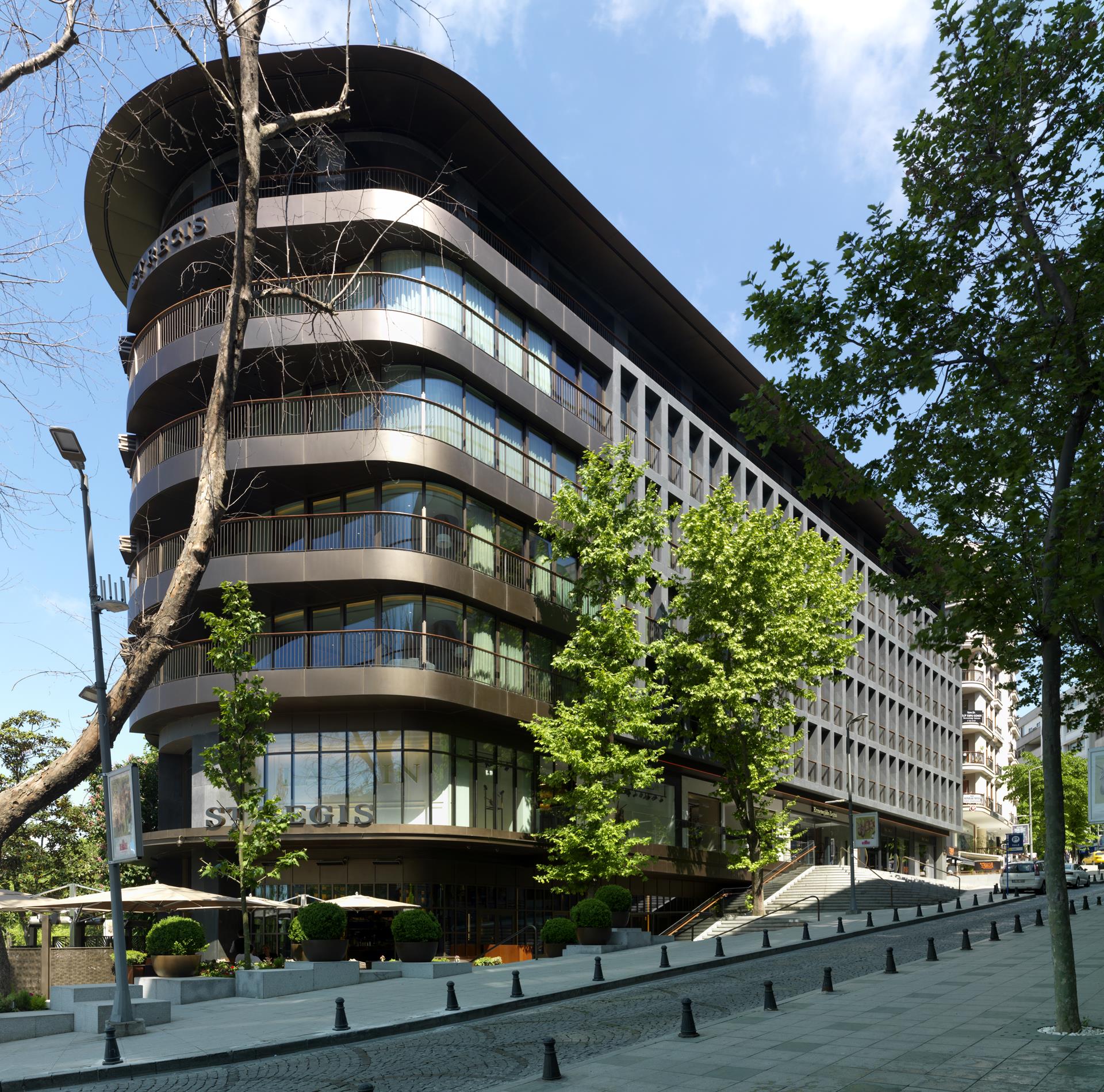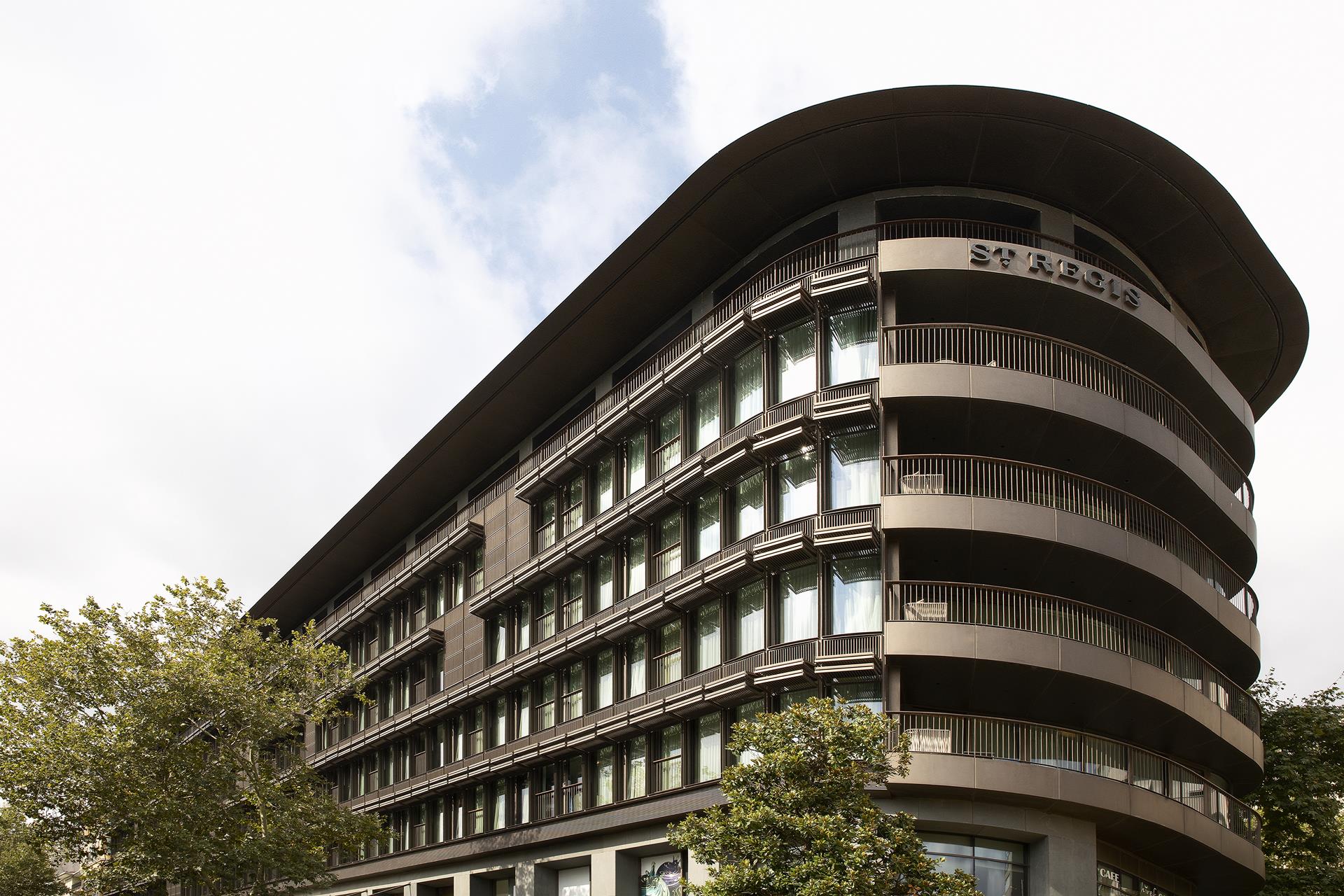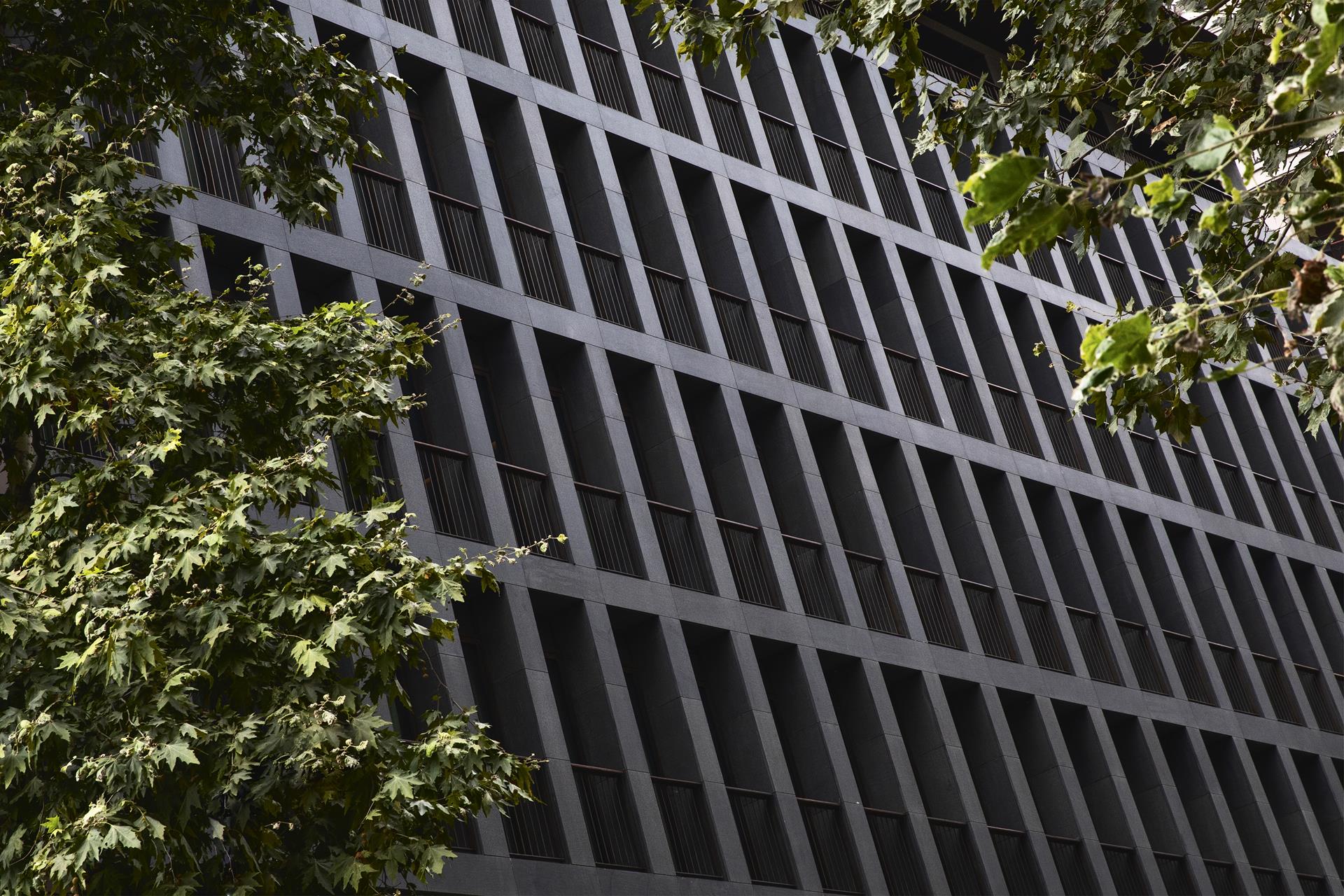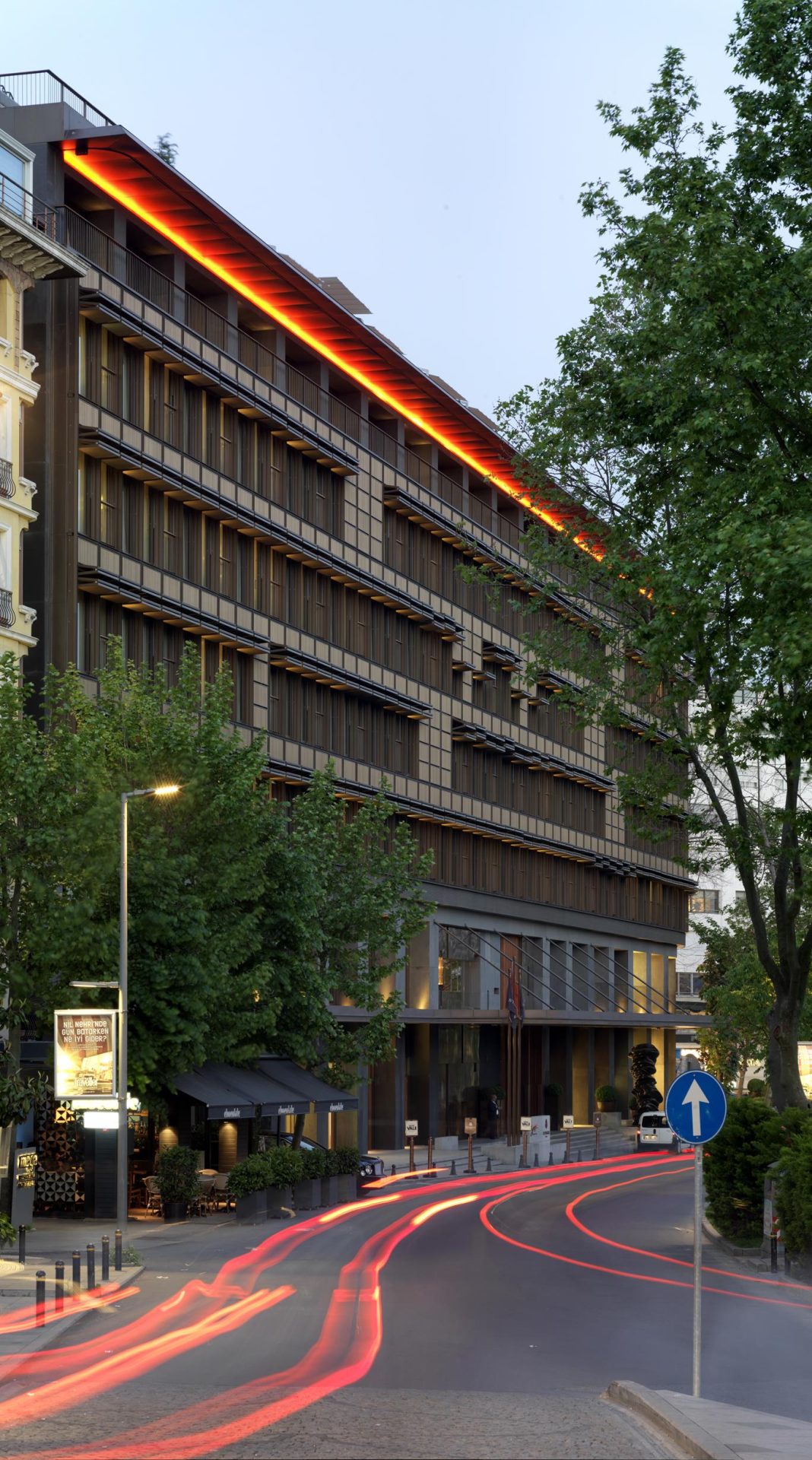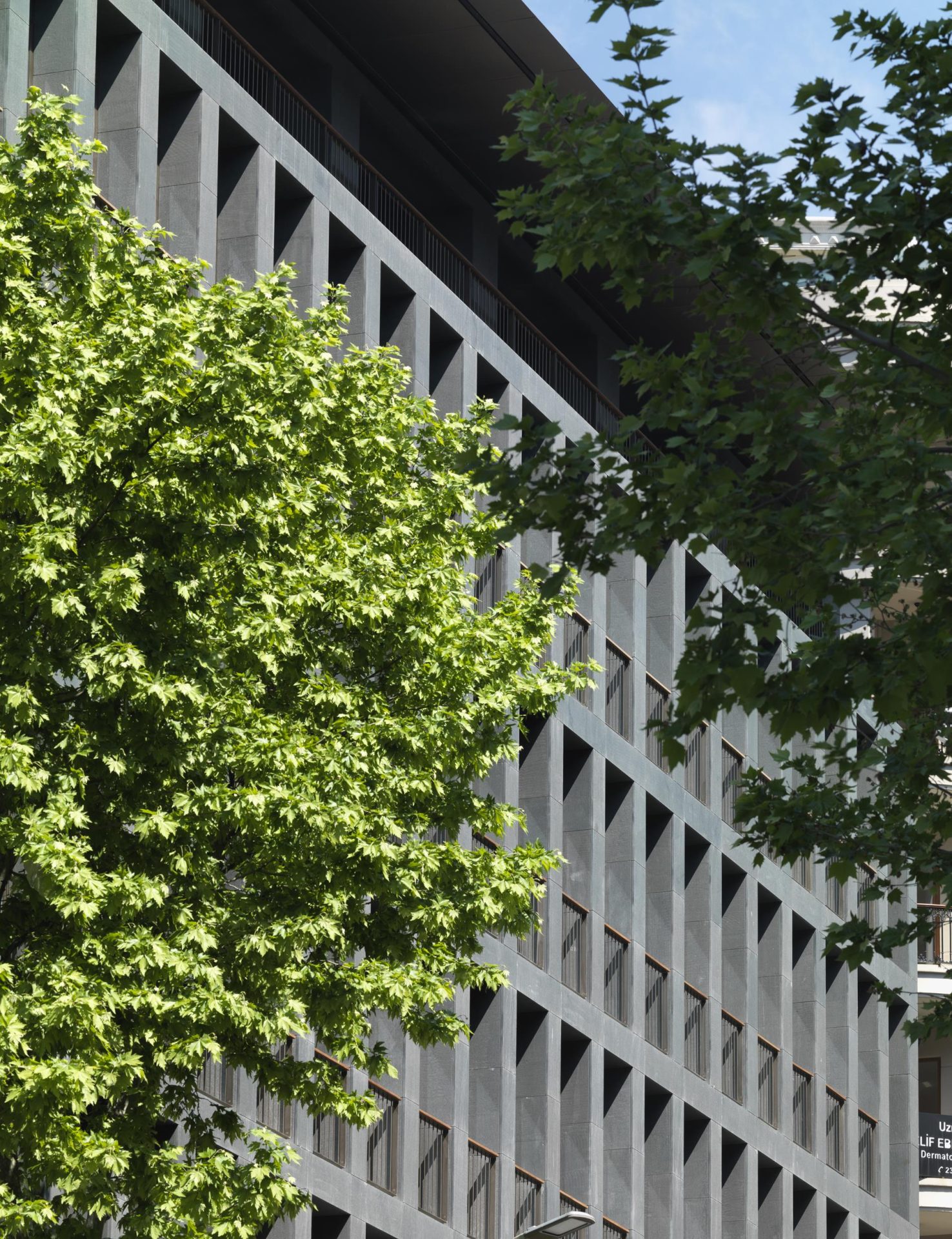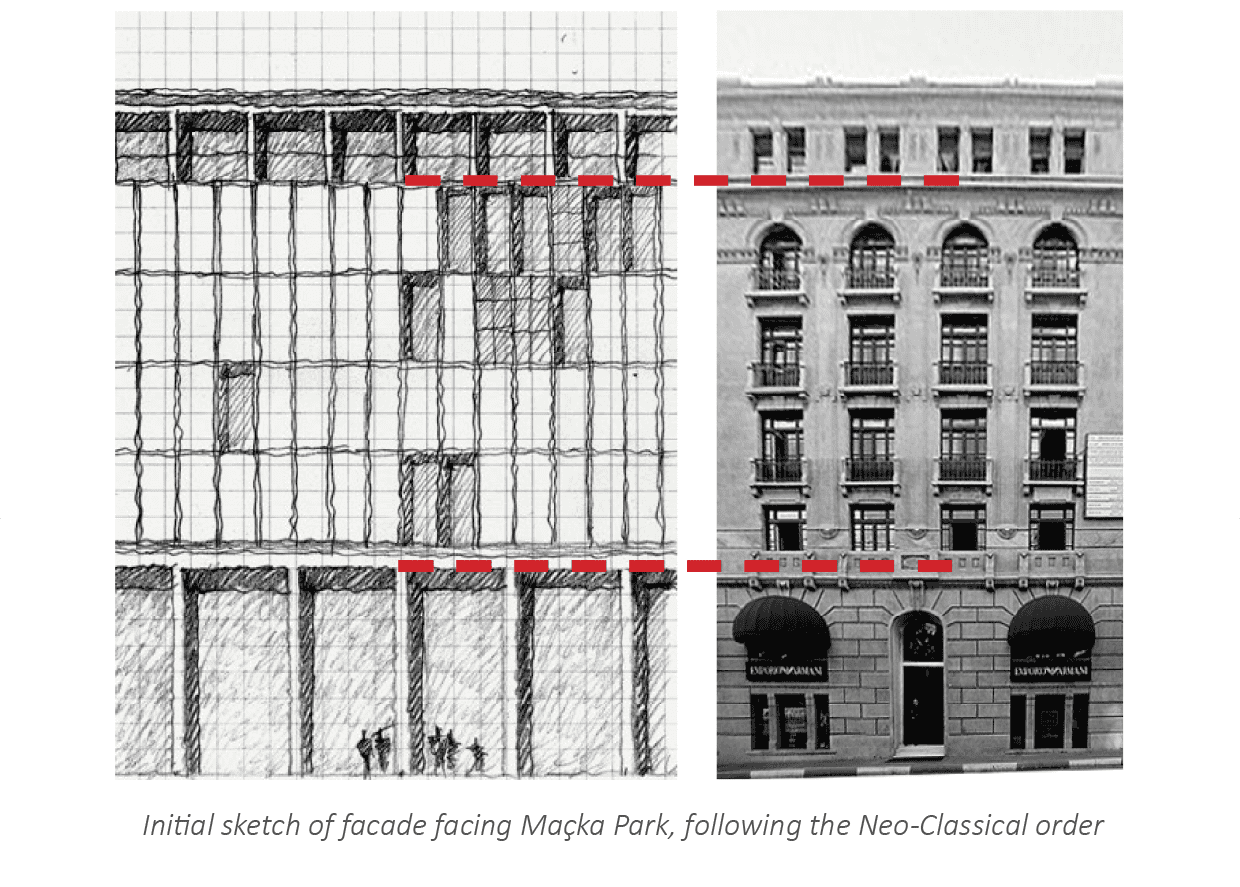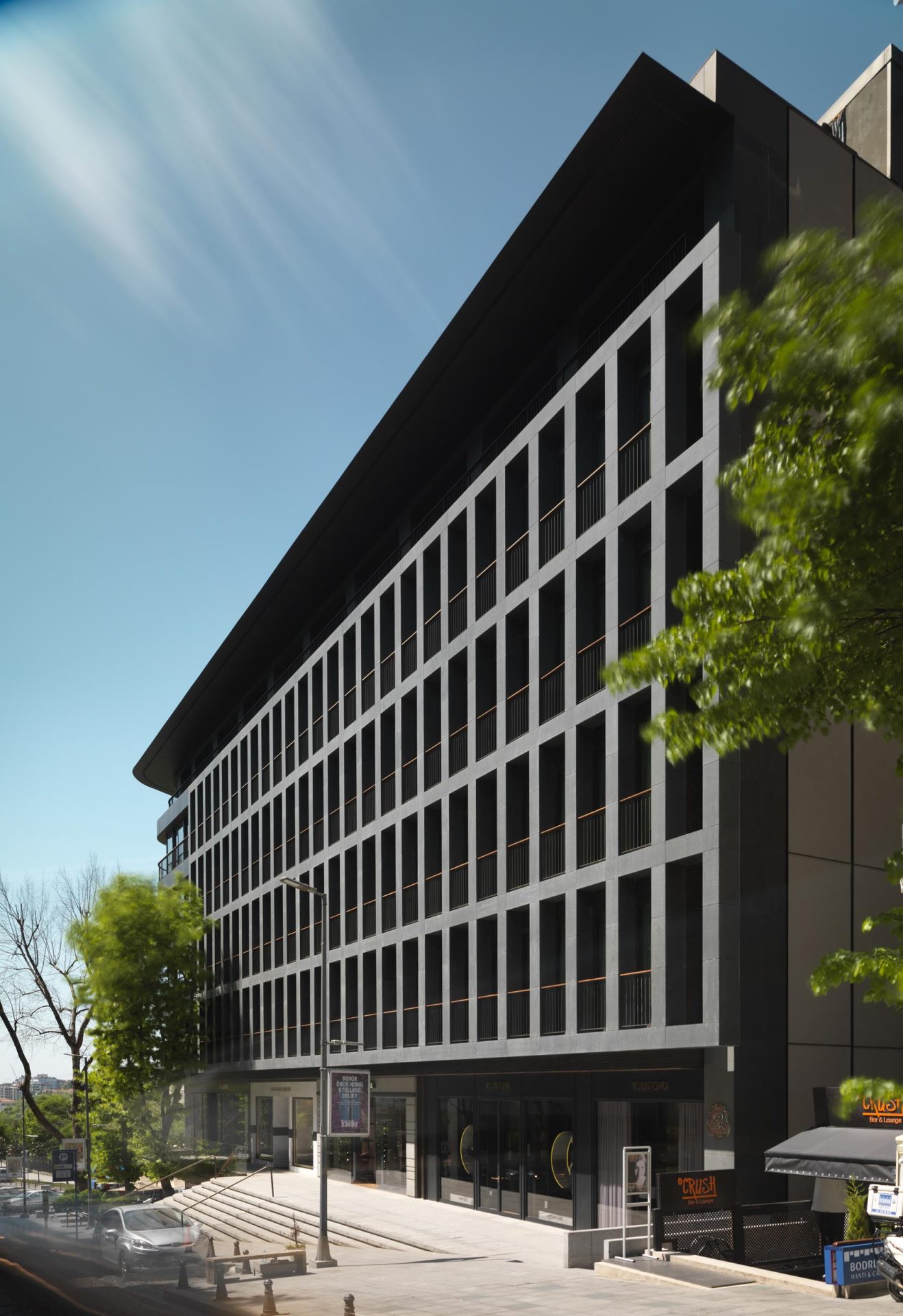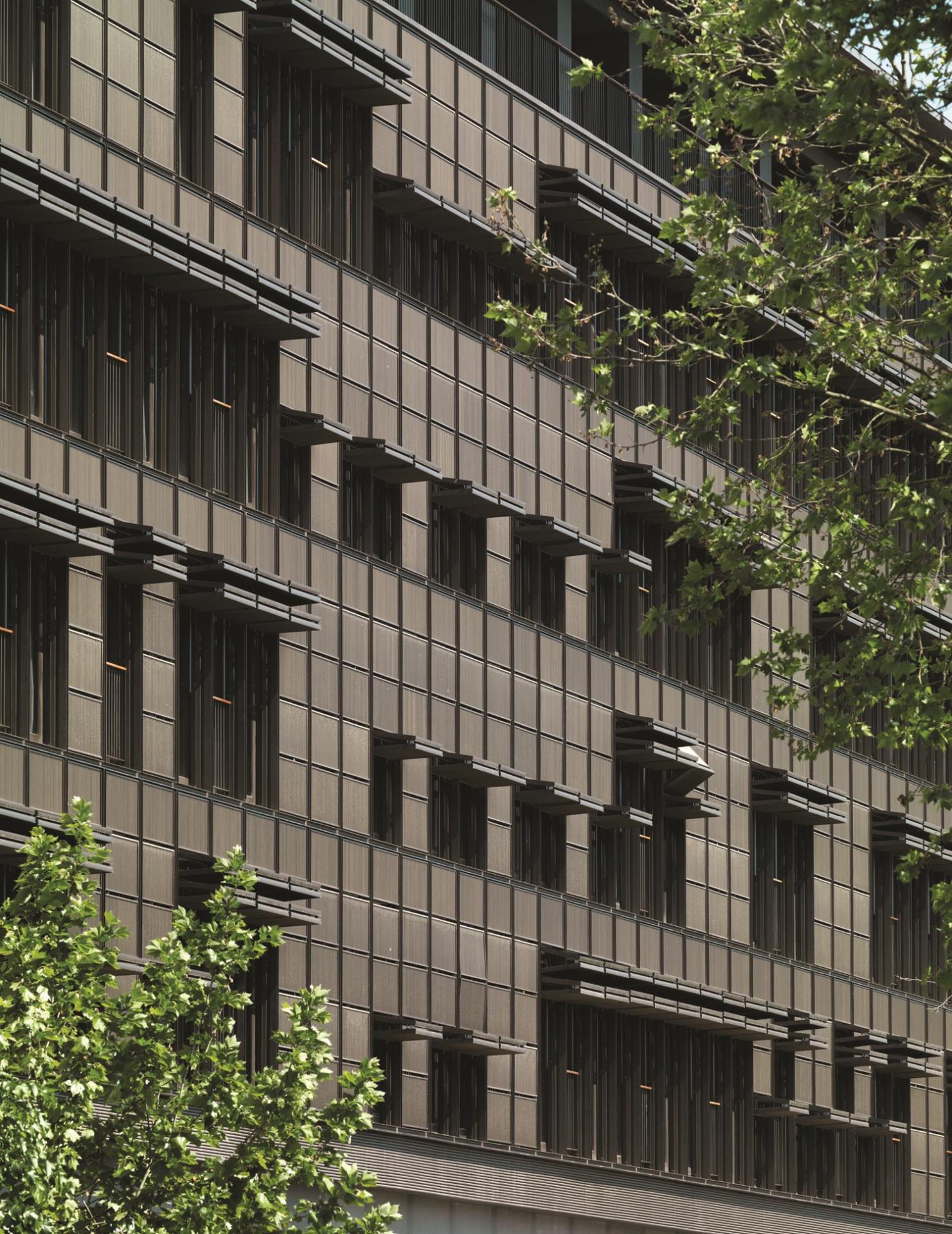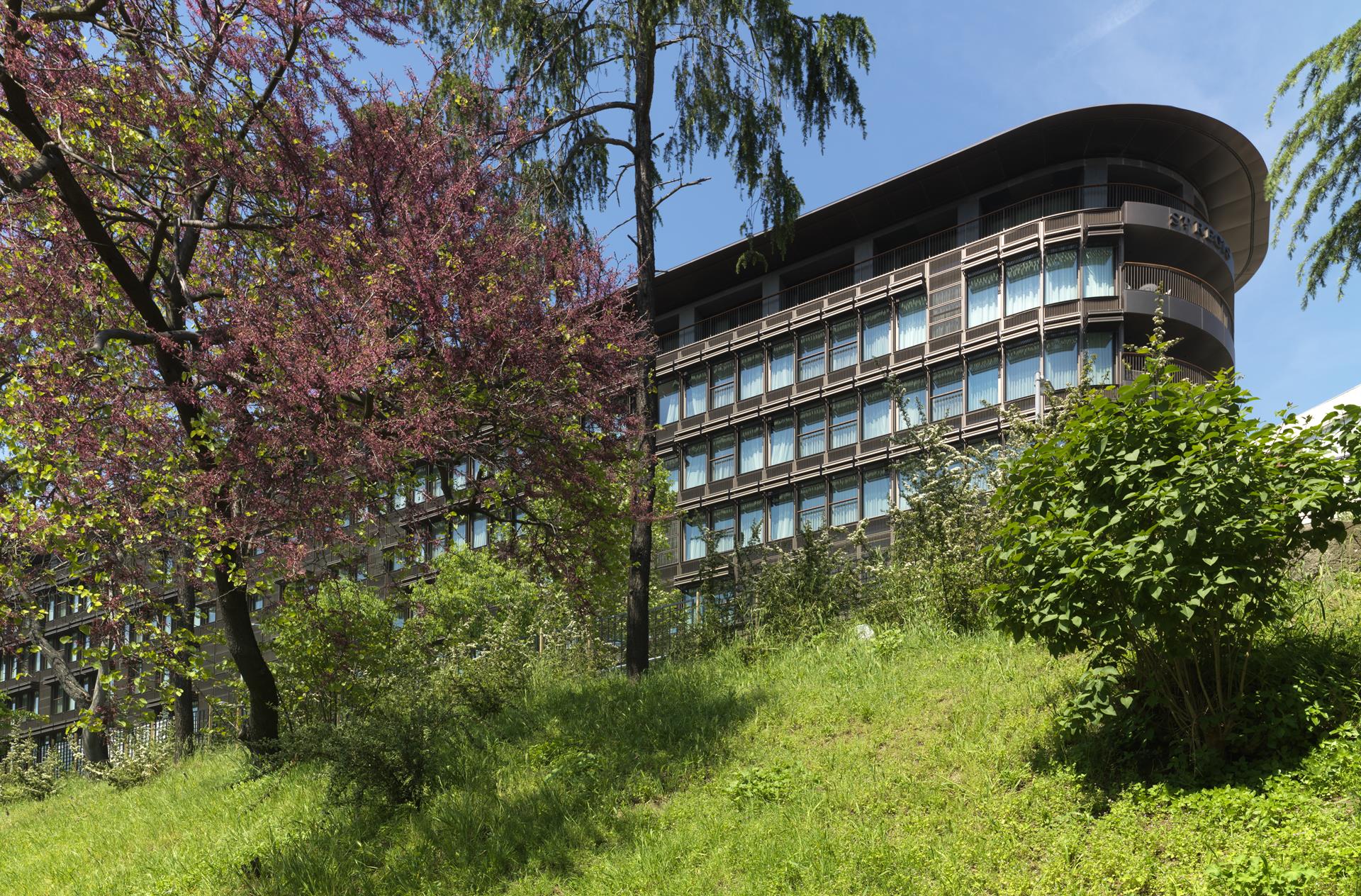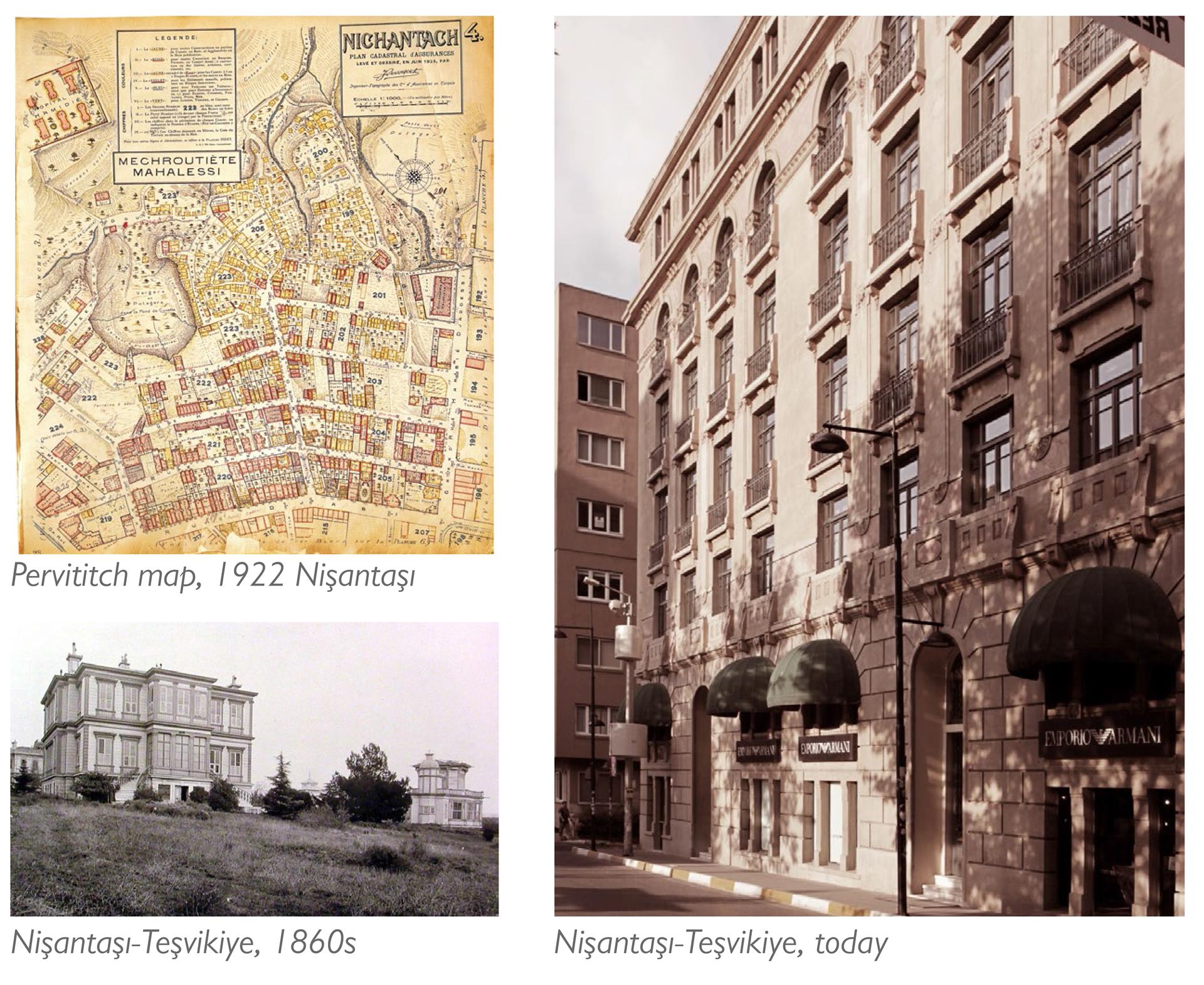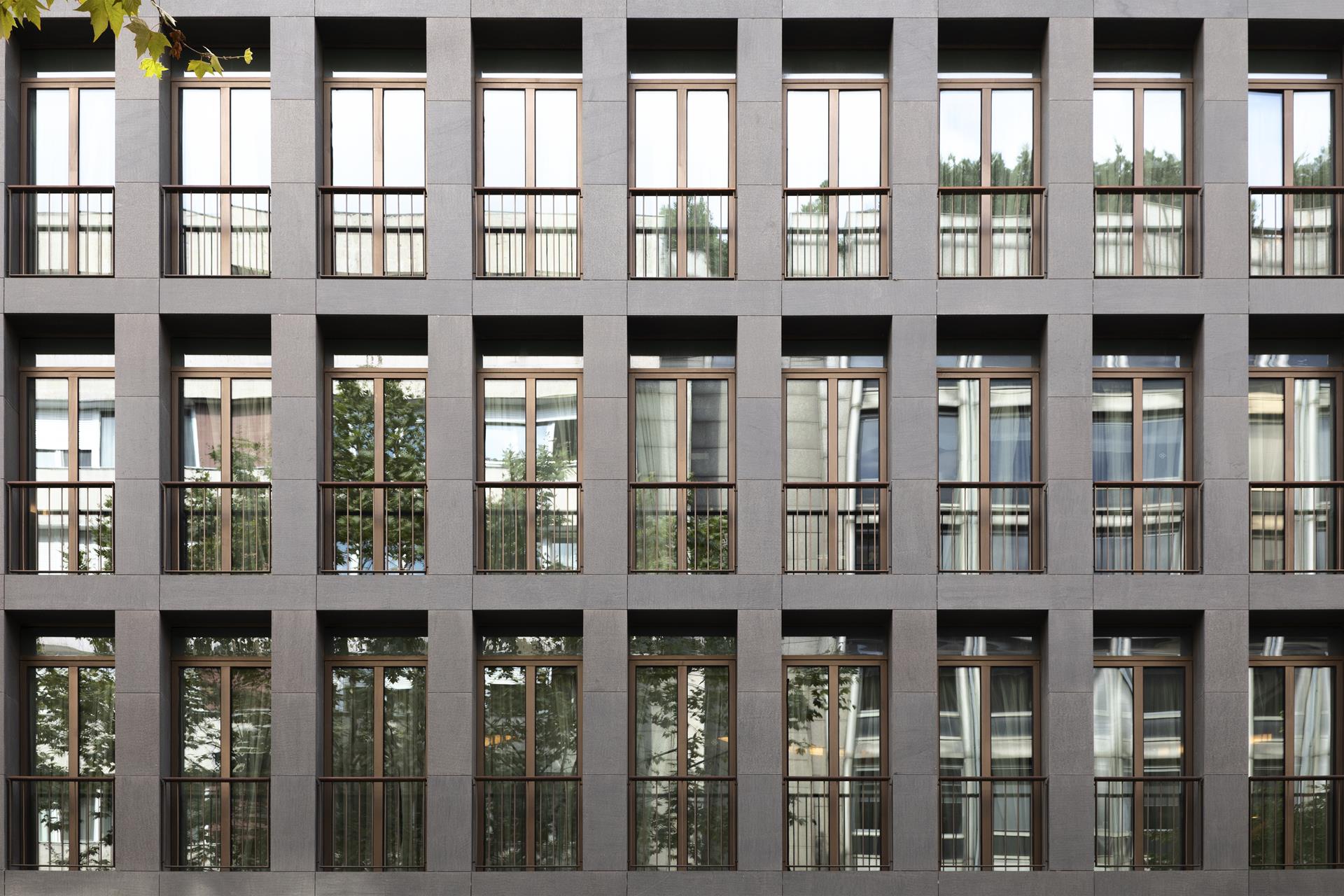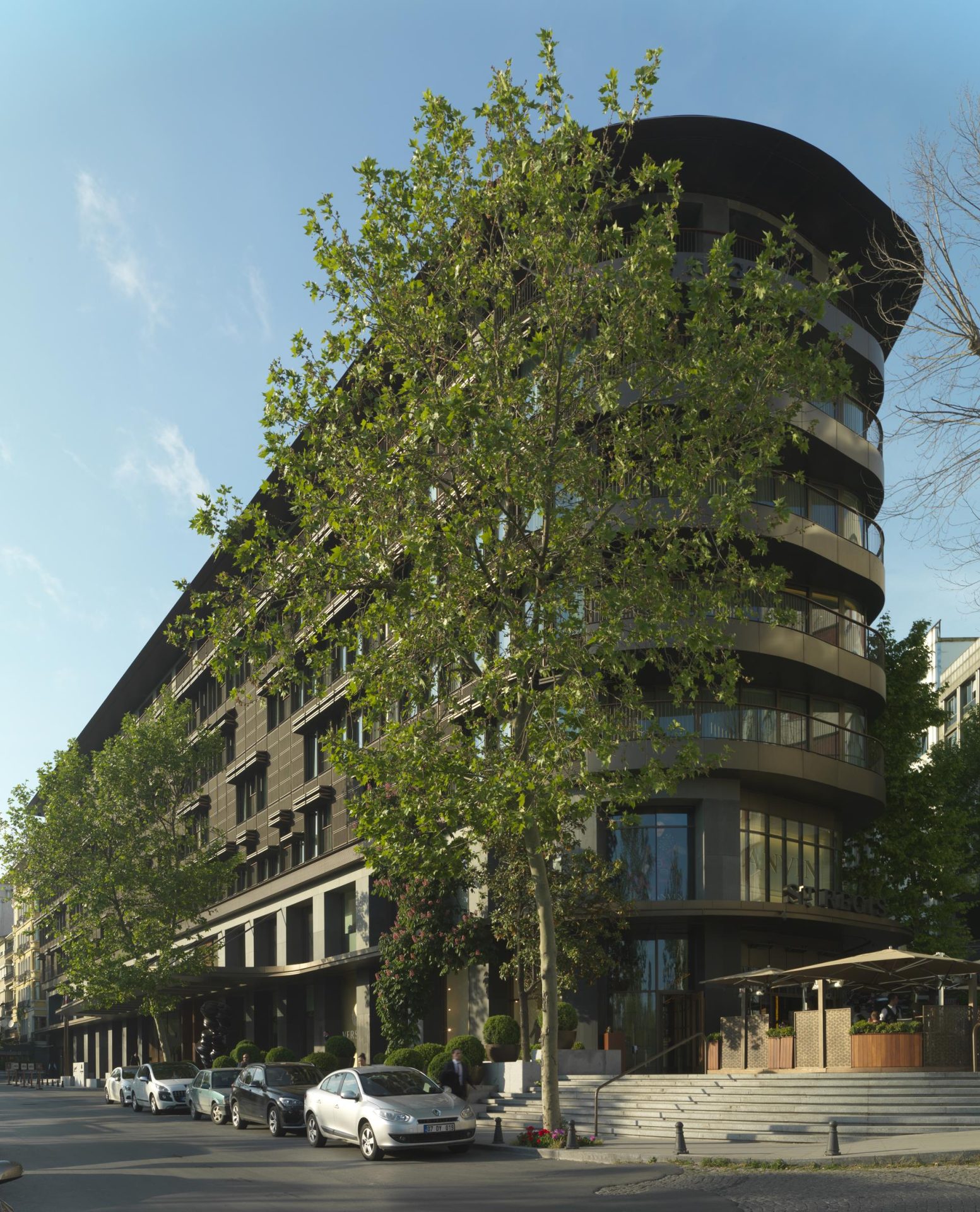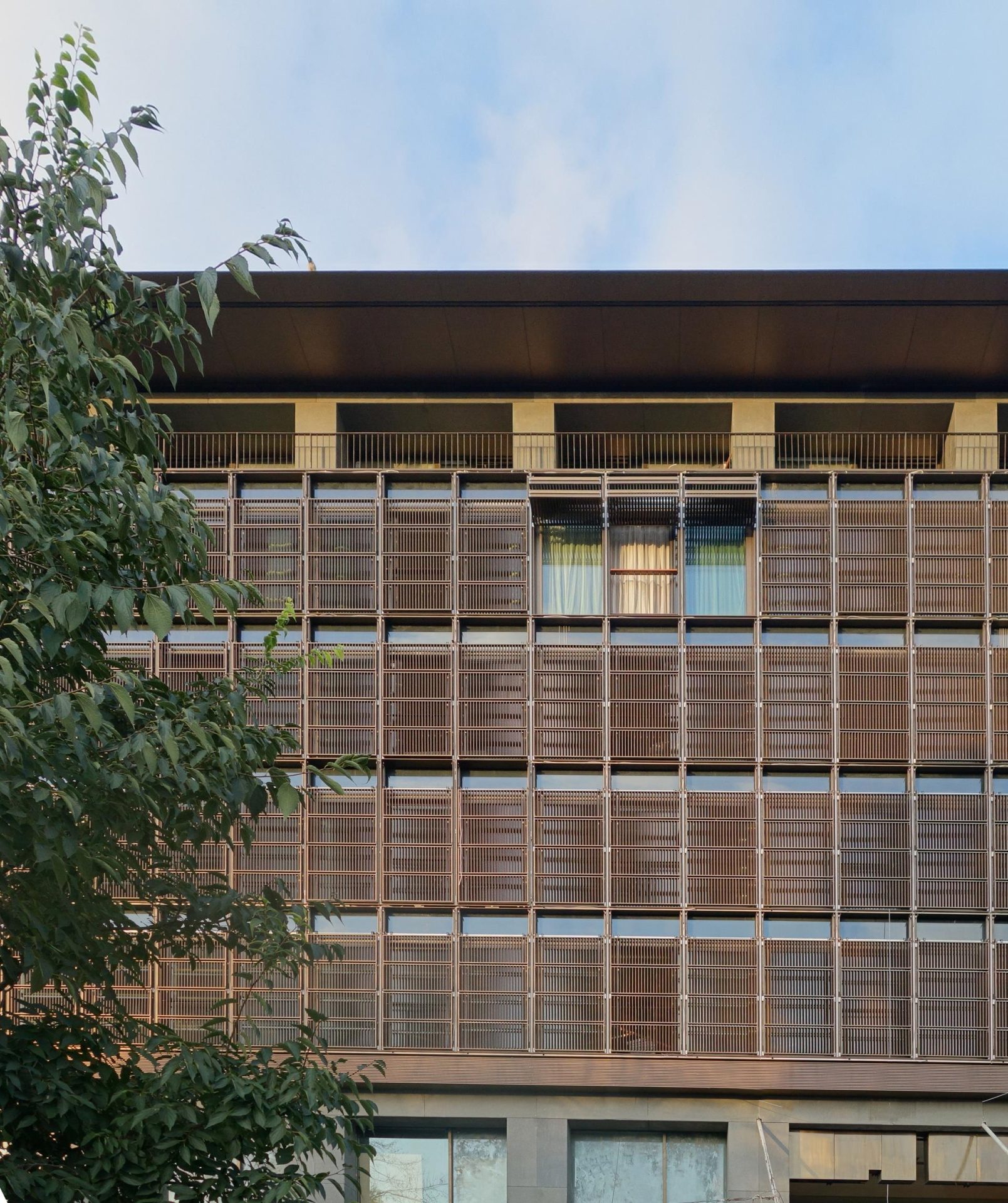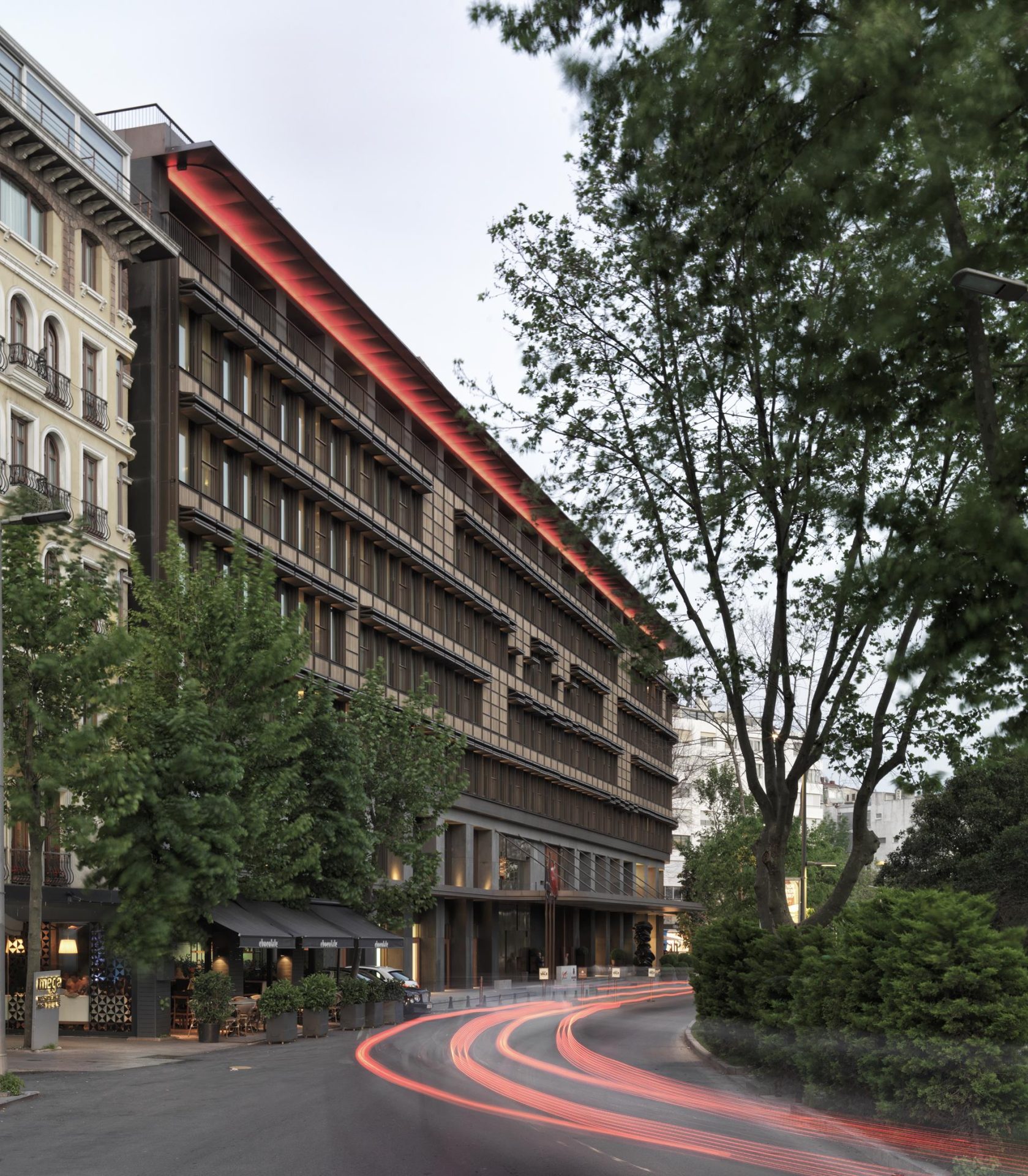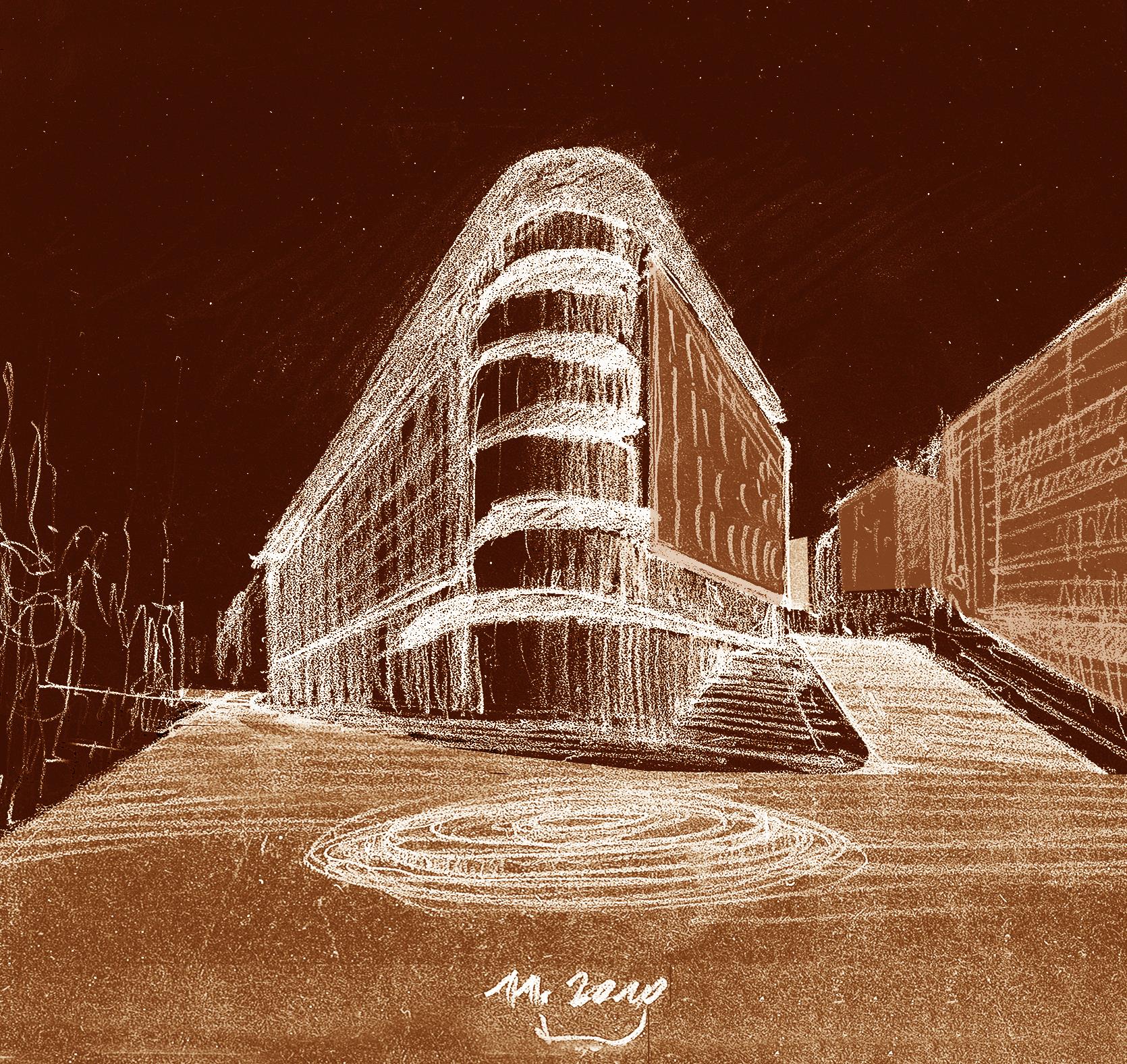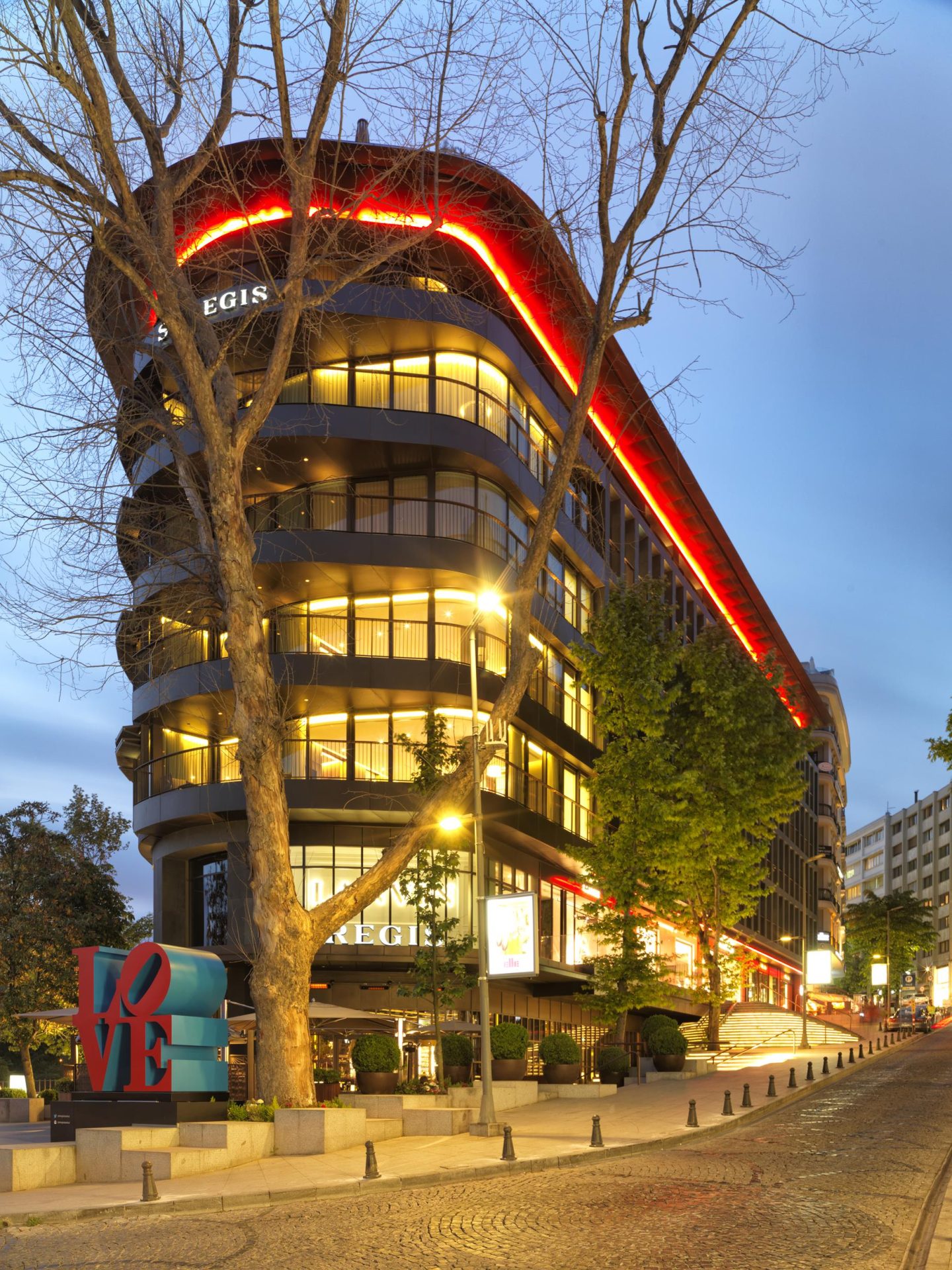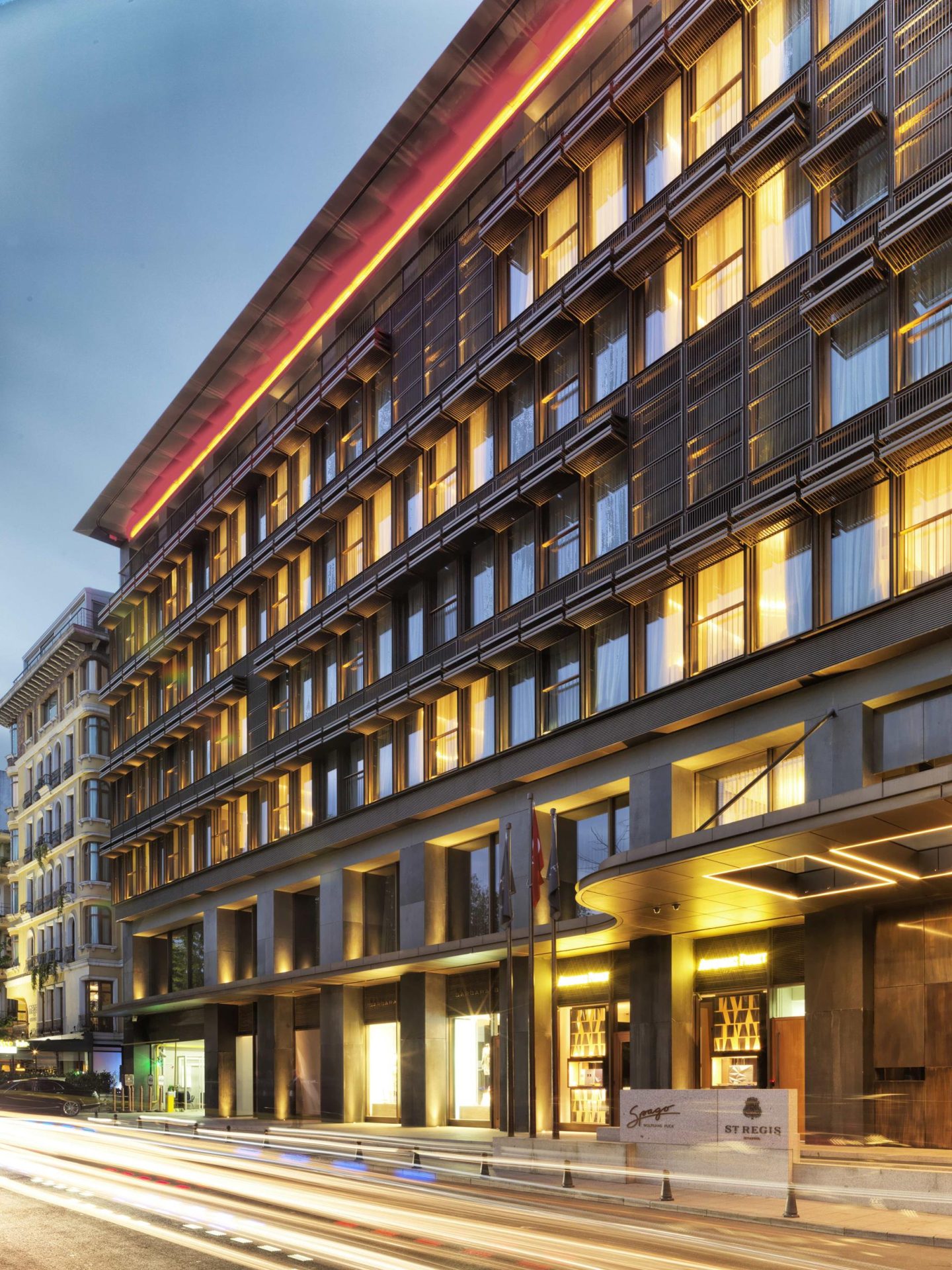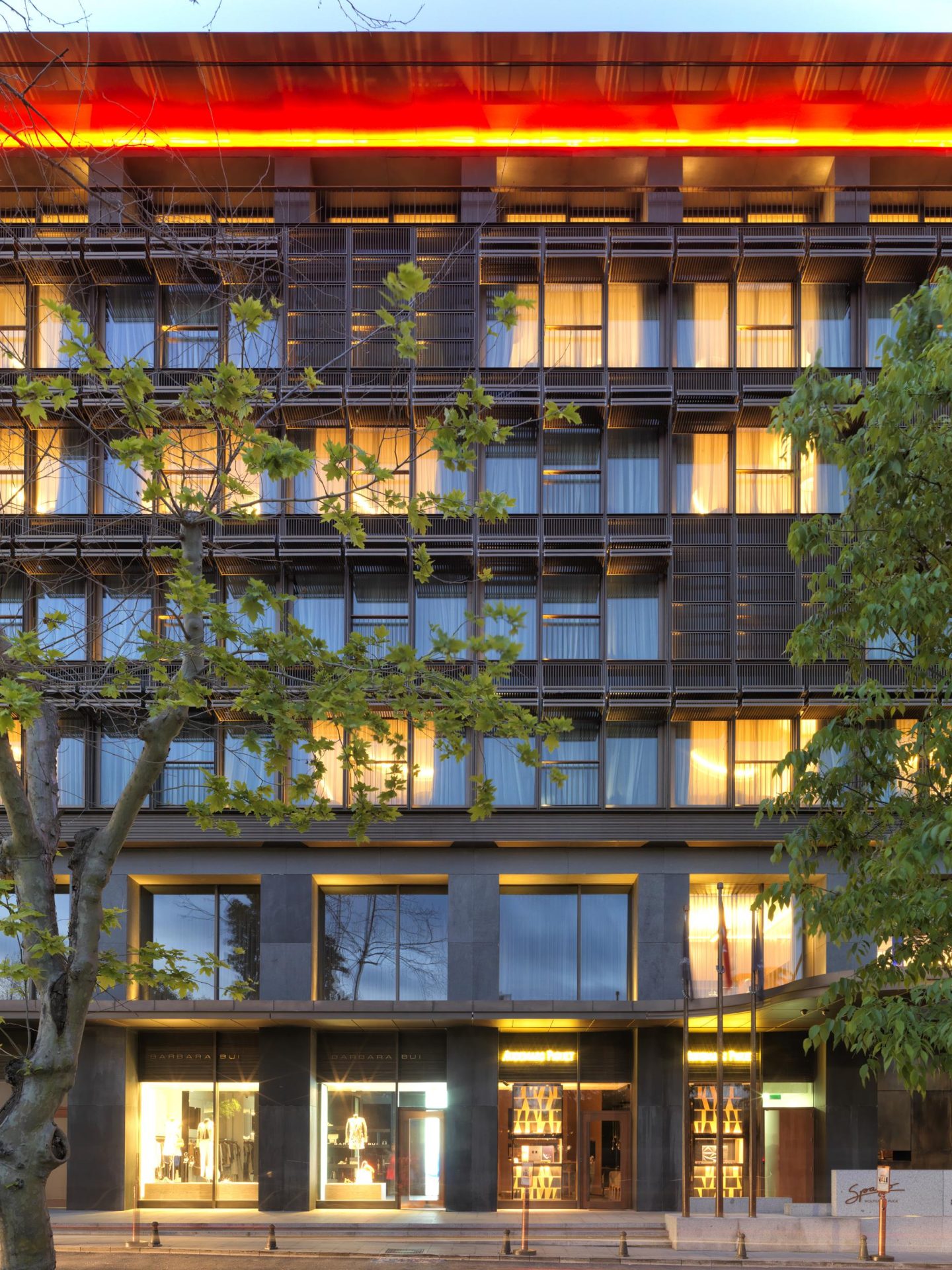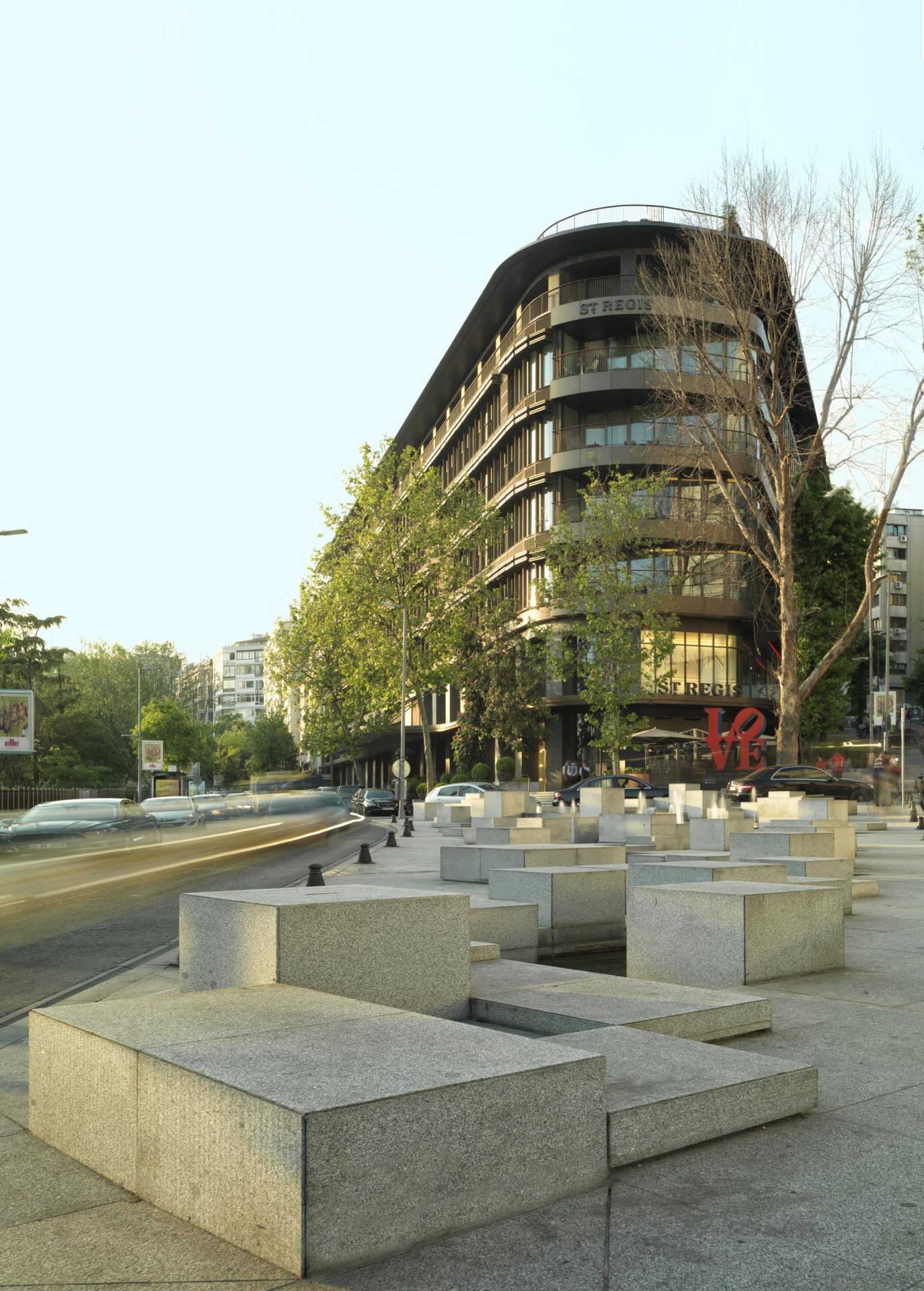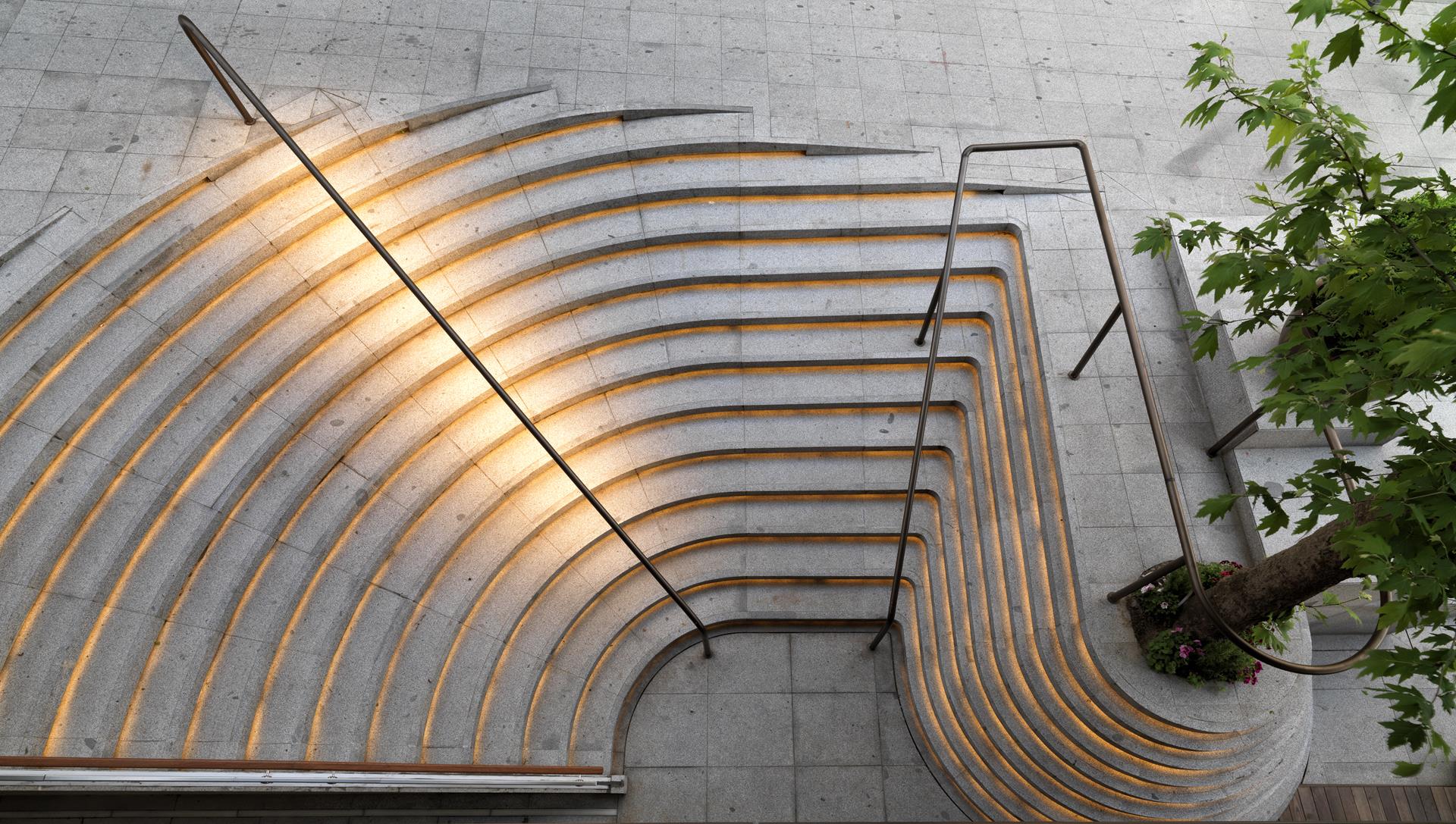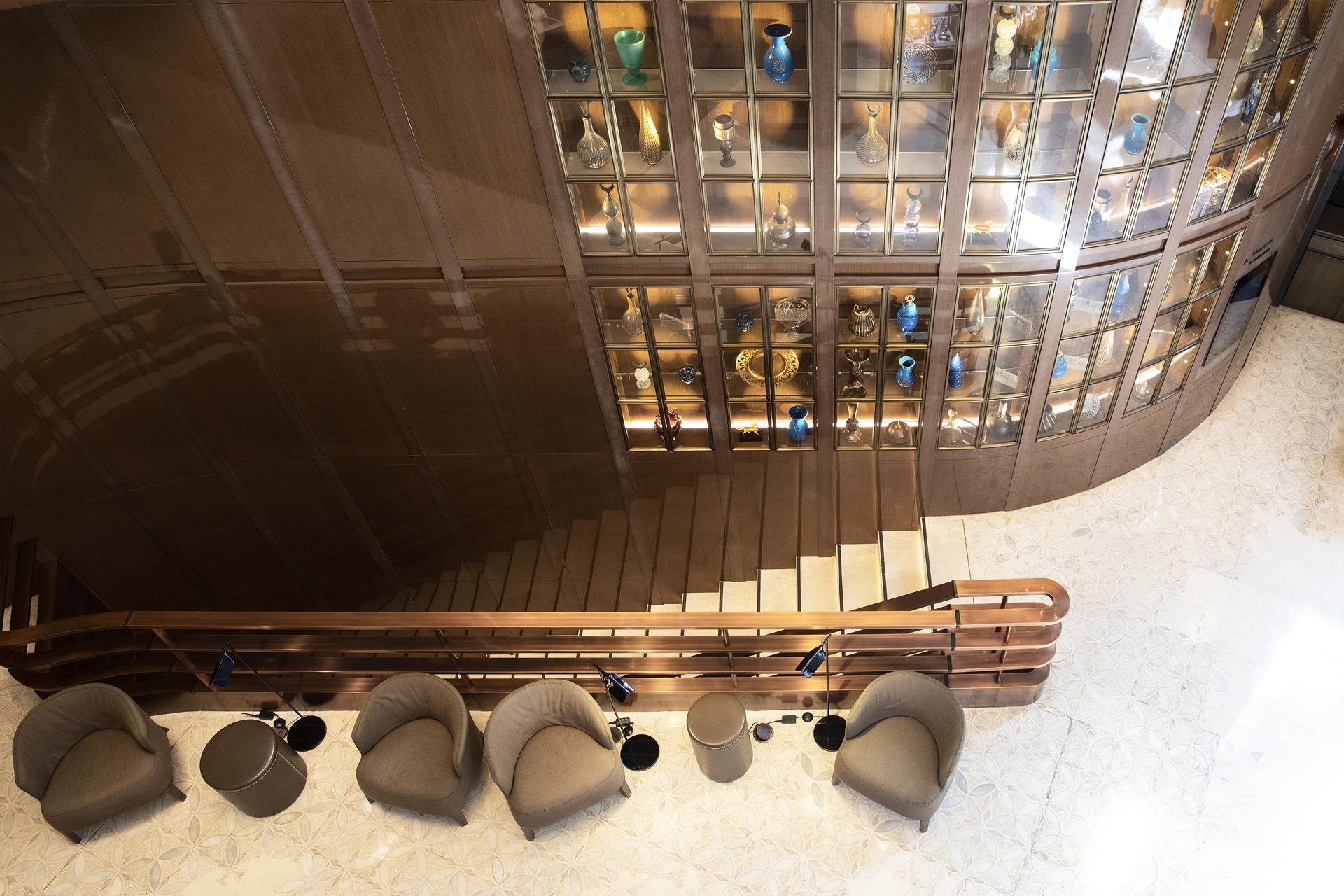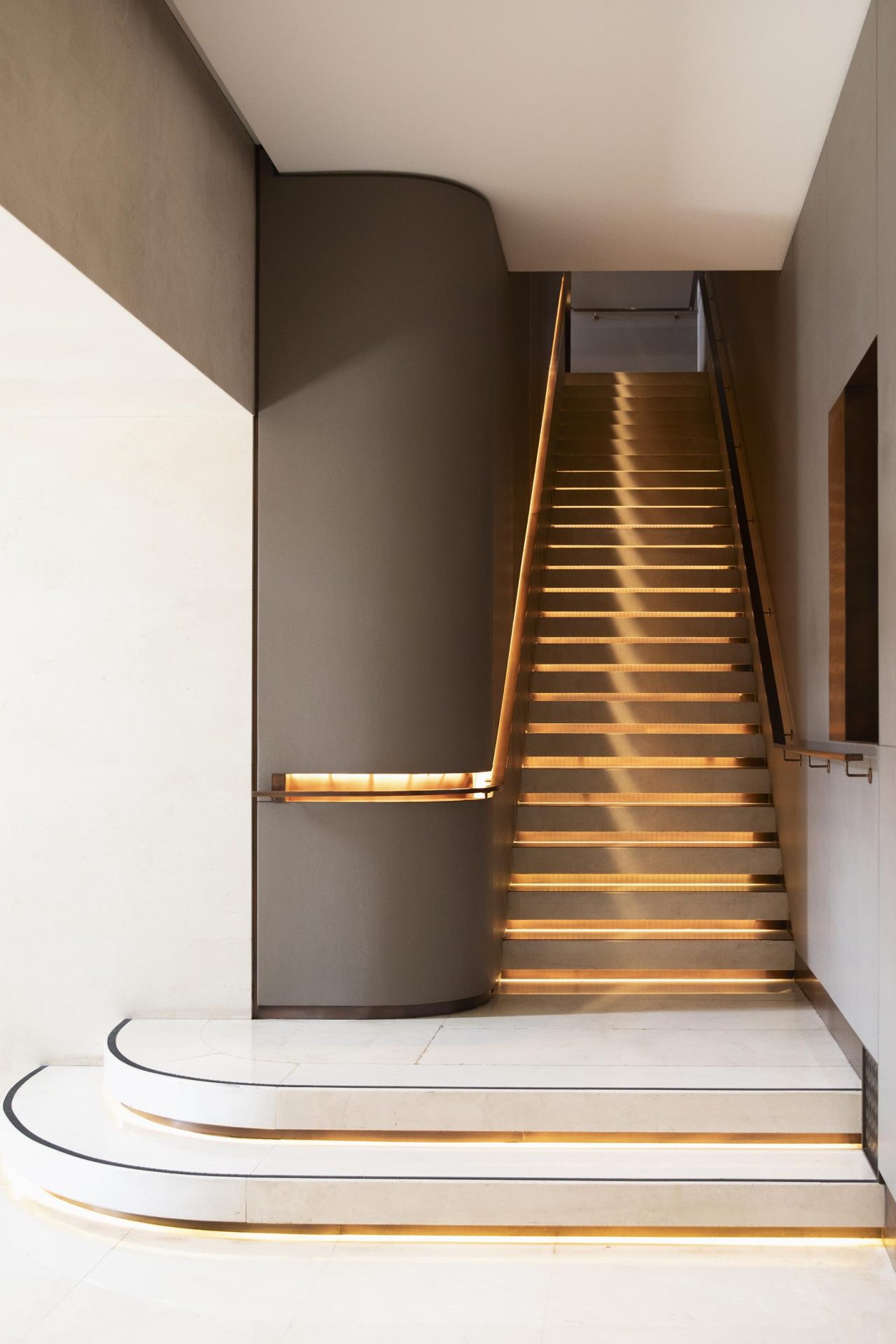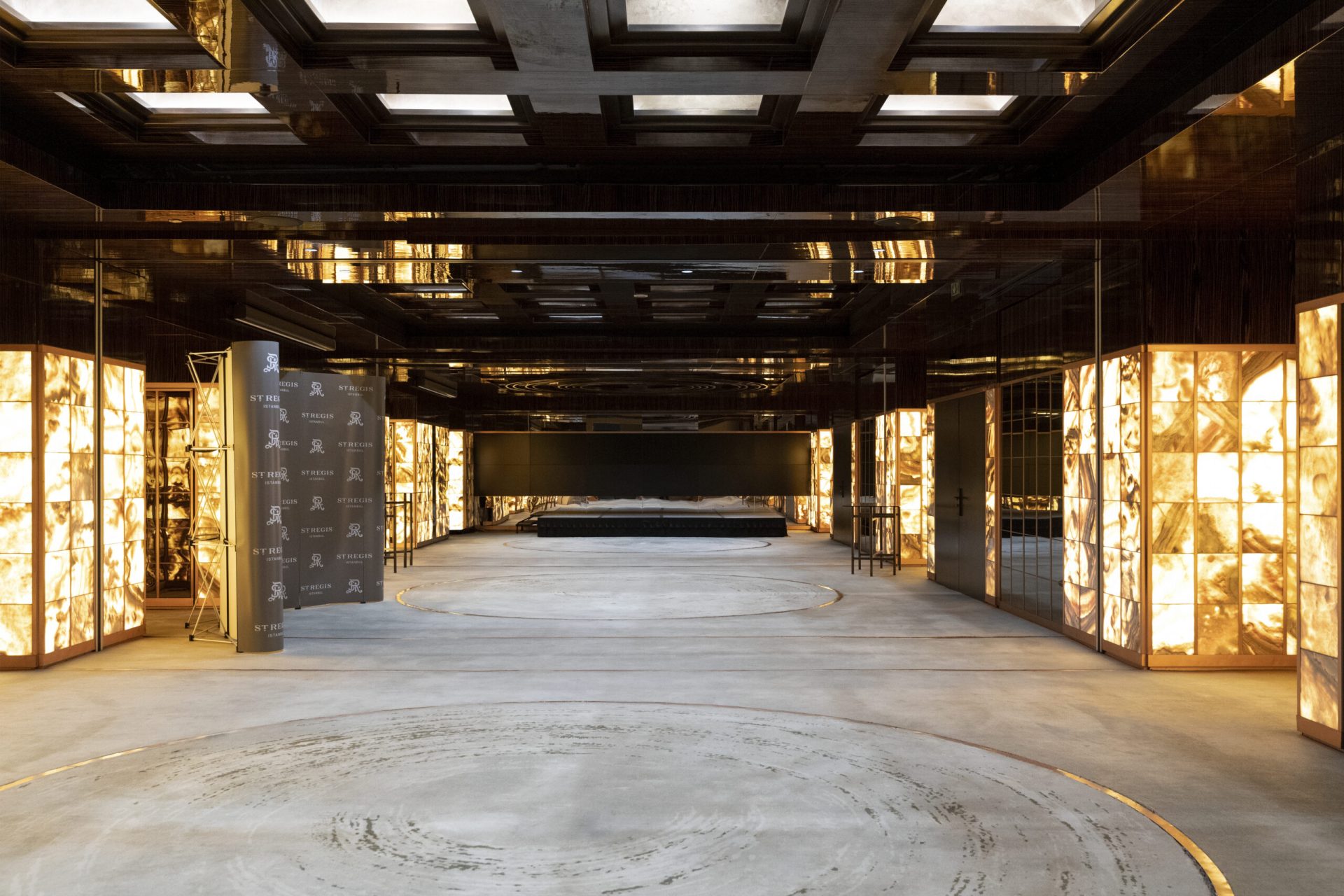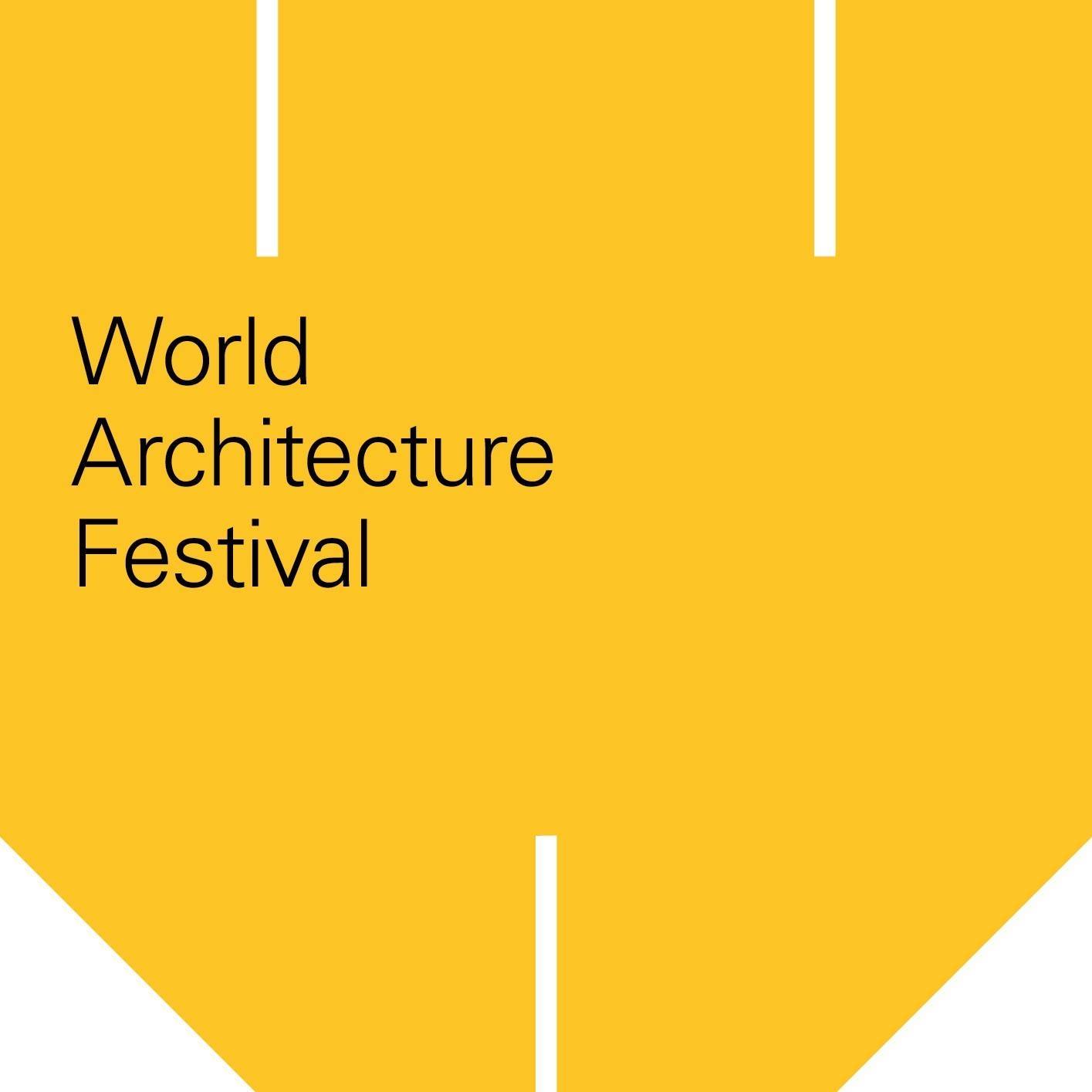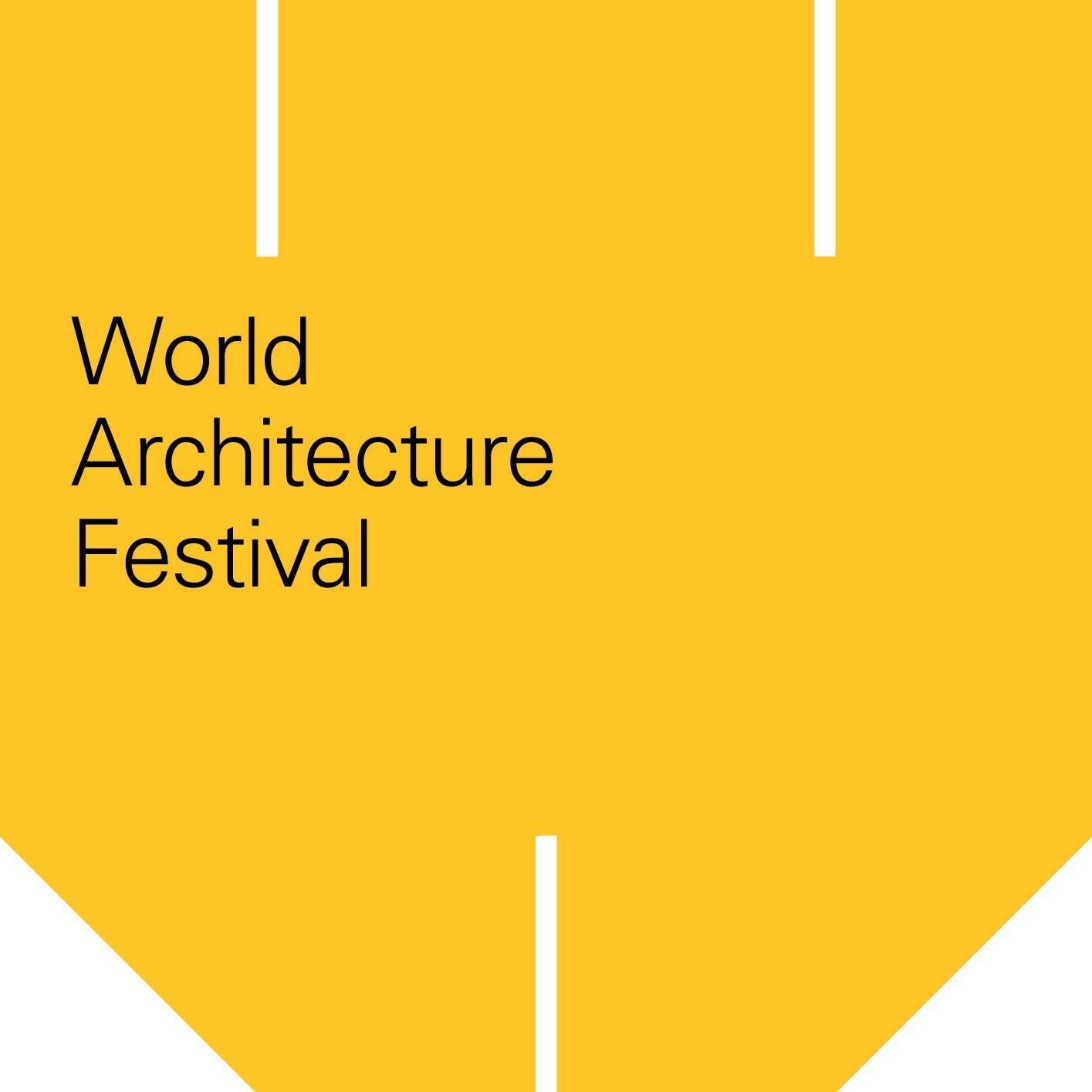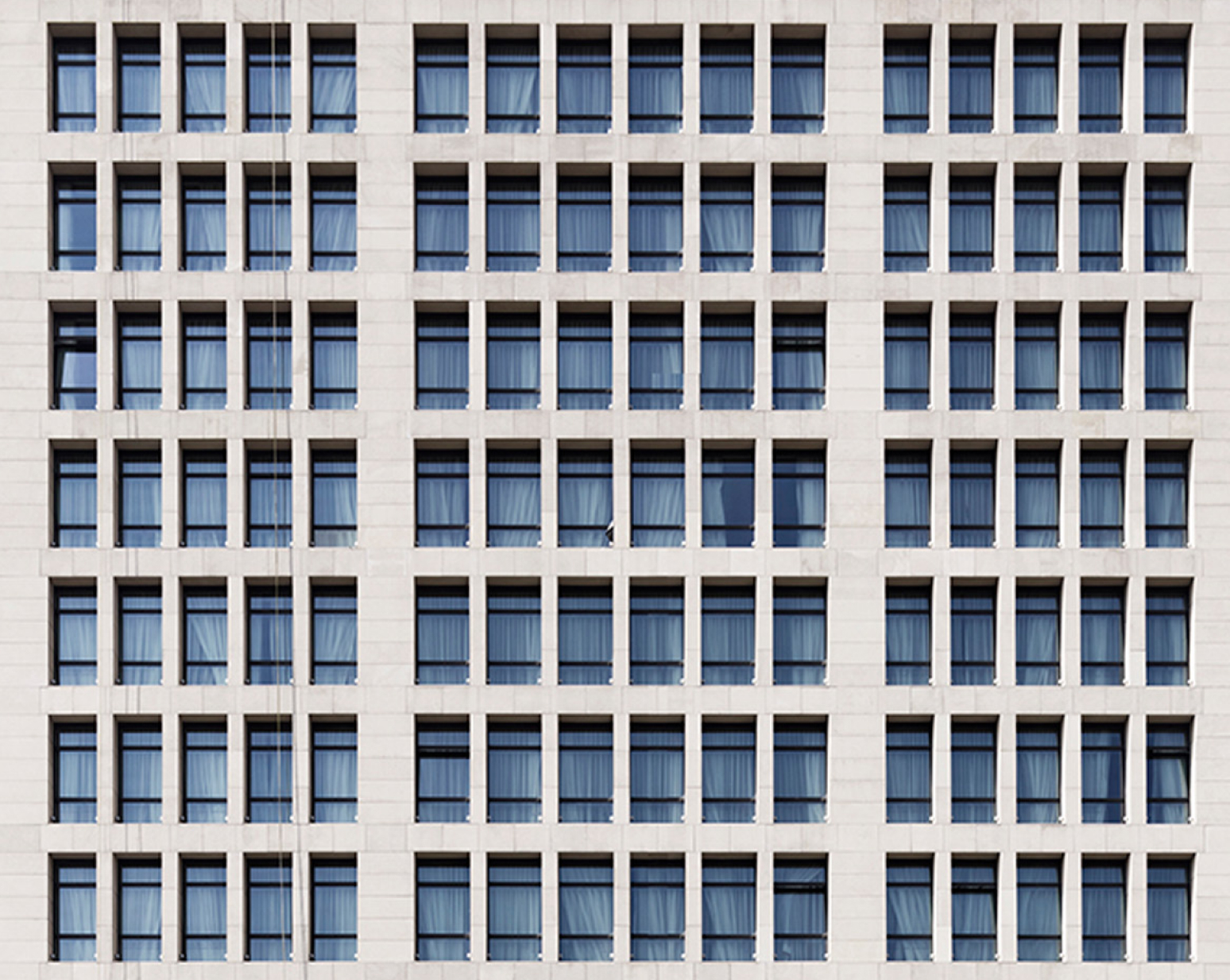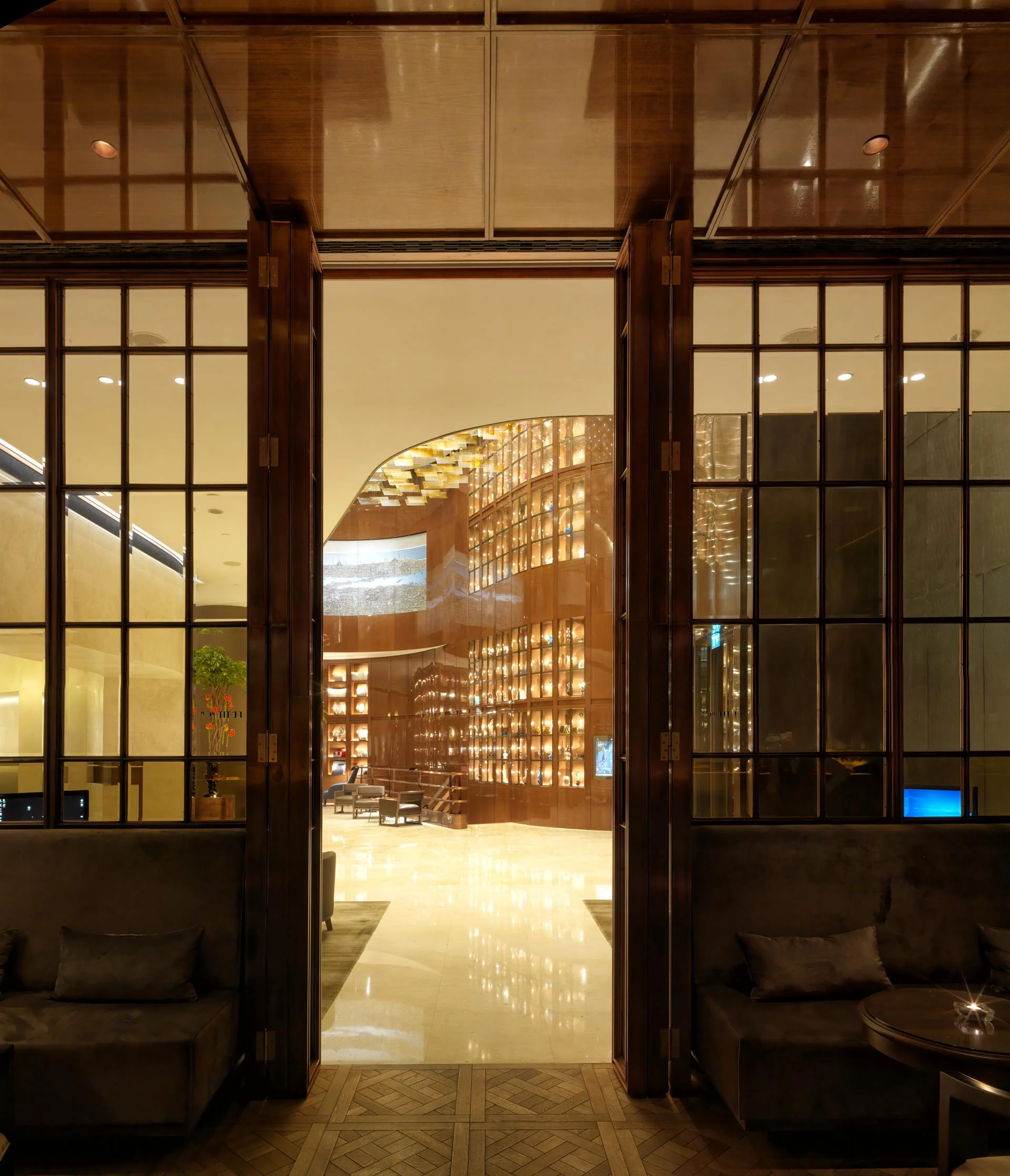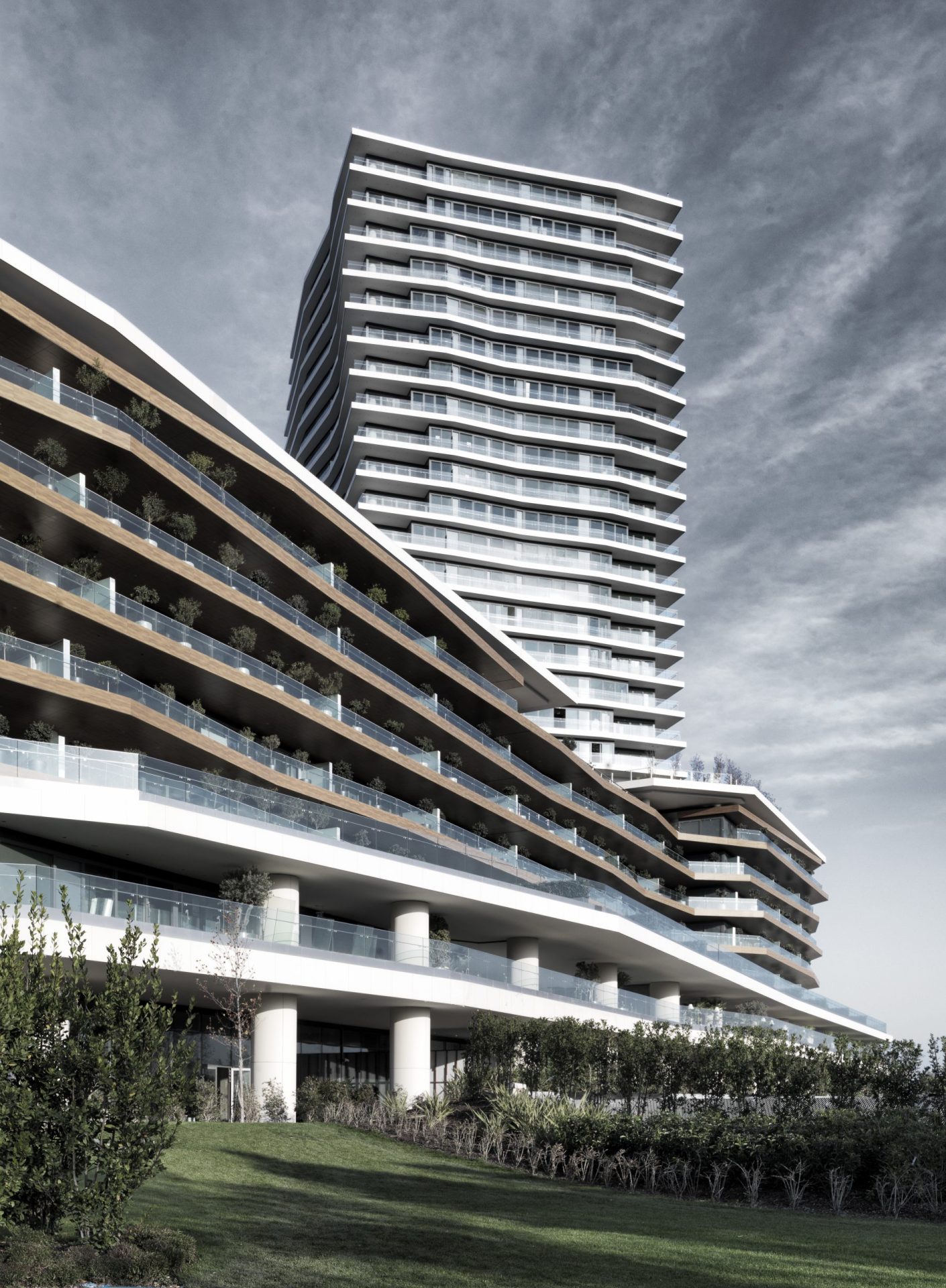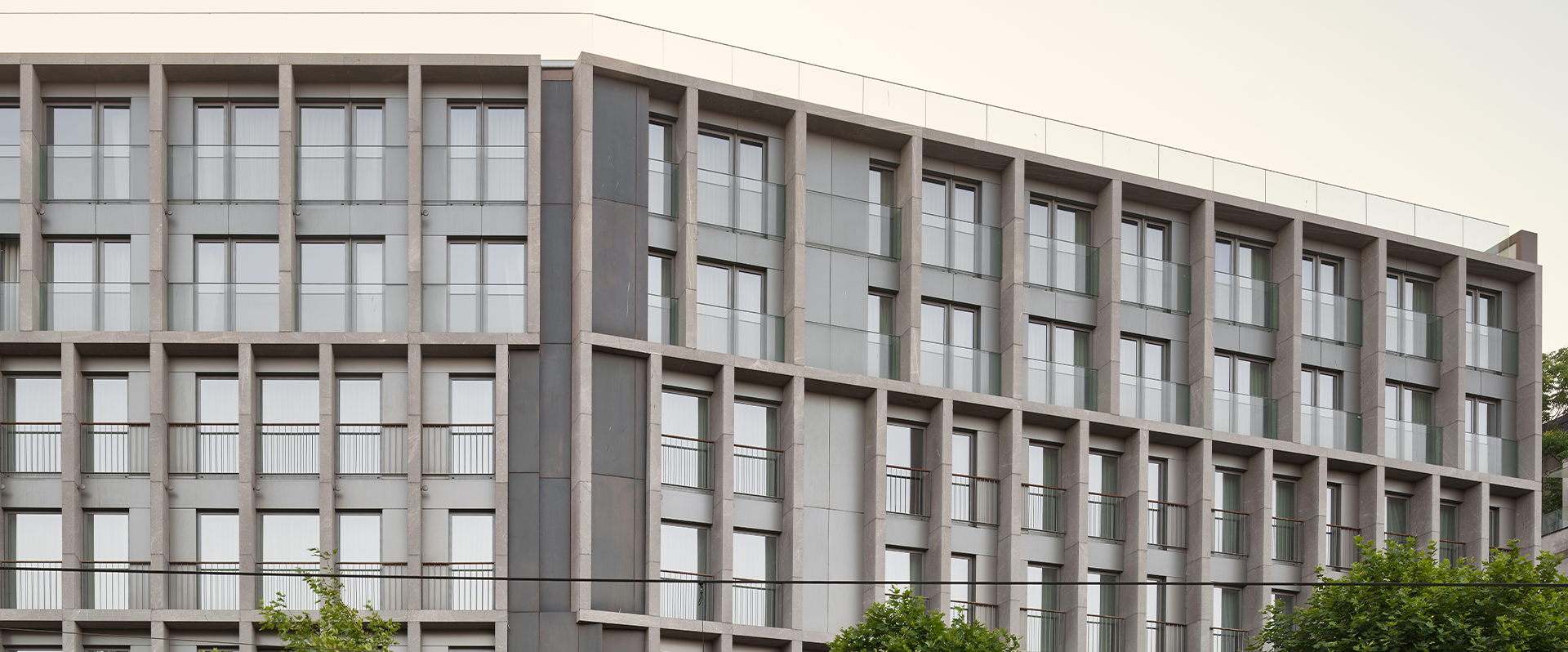Maintaining an architectural design practice focused on “situation”, the “place” is taken as the most important element to be faced with. As for the St. Regis Istanbul, it is the Maçka-Nişantaşı-Teşvikiye district. Formation of the urban fabric in this district shares similar motivations with European cities that were developed at the same period. In the beginning of 20th century, the urban movements towards cities resulted in the need for high quality urban residences for the urban bourgeoisie. In Nişantaşı-Teşvikiye district, an urban fabric constituted of adjacent buildings which are up to 7-8 stories high created a modern urban space characterized by the notions of density and continuity. This fabric can be conceptualized as a structure that reigns the whole district which has an architectural quality, created through the principles of proportion and order. The neighbourhood today, owned by the upper-middle class İstanbul elite, produces urban spaces which are also favored by city habitants of wide social backgrounds.
The building infills its plot and sustains principles of density and continuity. The mass of the building follows Neo-classical/Renaissance order of base-body-cornice which characterizes the existing urban fabric. The building adapts itself to daily uses: the base exposes itself to the ground level, accompanying the life on the street. It creates metasthasis of retail activity from Abdi İpekçi street to relatively calmer Eytam Street. The rooms in the body of the building are exposed to three different sides that circumscribe the plot. The cornice settles on the roof with a set back from the facade and the articulation of mass is completed.
The facade articulation of the building is affected by the contrast between Abdi İpekçi and Eytam Streets. Feeling of containment in urban space, constituted by the début-de-siècle buildings that holds two sides of Abdi İpekci Street, melts into air when you turn the corner and feel the blowing of the wind coming through the Maçka Park. The facade of the hotel that faces Maçka Valley is exposed to ‘nature’ –sun and wind- and designed to include a lamella folding shutter system to protect itself from the south-east sun while allowing to have a view of the Bosphorus. The Facade displays a changing composition according to the time of day, weather and user preferences. The corner facing south is widely opened to Bosphorus view. Balconies surrounding the corner acts as a canopy for the storey below, protecting inner facade from the direct sunlight. The corner exists as a third species between two different facades.


